Premature evacuation, part nine.
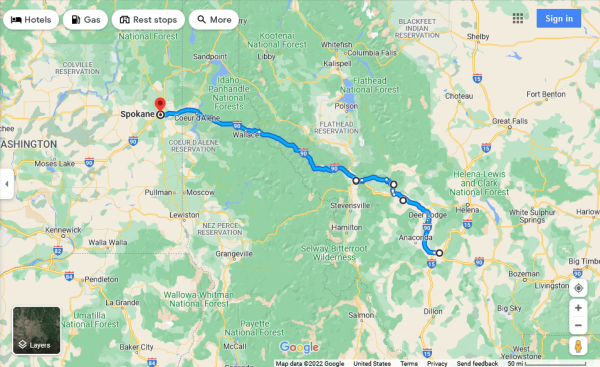
330 miles.
DAY THIRTY-FIVE and THIRTY-SIX
Monday, October 1st - Tuesday, October 2nd
We both decided to take a day or two off from our usual traveling style of nonstop movement and activity. Both of us wanted to get writing done that we'd missed out on during three days without service in the forest, and I still had an entire west coast itinerary to come up with. So we spent the majority of our first day in Butte at a Starbucks. I did a whole lot of writing, downloaded some movies for us to watch, and did plenty of reading about some of the places we had gone.
Between the chauvinist jazz music from long ago, to the Mumford & Sons Spotify playlists, to the unavoidable business calls yuppies for some reason choose to have at Starbucks, the stuff one must listen to while loitering there was almost as insufferable as the stiff chairs that could make one's ass fall asleep. But we had yet to be asked to leave one, so it had remained our go-to. At one point, a group of older white dudes came in wearing all black with the typical ponytails and soul patches. They were, unsurprisingly, an Australian-French metal band called Ne Obliviscaris, and they were in Butte on their way to play Salt Lake City. Their giant tour buses were a block away in the parking lot of a ghost mall. They spent much of their day there like we were, except they also were subject to kind but inane questions from some old dad guy sitting at their table. They were apparently a well-established band, but we had no idea who they were.
We stuck around there until 6 or so and then relied on some of the many chains around us for a somewhat decent, cheap dinner. We stopped and got an order of breadsticks from Papa John's and then got pitas from Pita Pit, a place I'd seen all over but neither of us had ever been to. We knew we'd made the right, albeit desperate, decision when we saw on the overhead menu board that everything was clearly marked "vegan" or not. "Vegetarian" was dead, and would soon be an esoteric term long-since phased out! I got a pita filled with falafel, roasted red pepper hummus, guacamole, shredded lettuce, onion, mushrooms, shredded carrot, and barbecue sauce, and it was actually pretty great.
The buildings in town that we'd driven by were visibly old due to a long-withstanding effort to rehab and maintain much of the original structures and architecture of its heyday. Many of them still had the original signage hanging out front of them, though they were by now different businesses. Like in Wyoming's cities, there was a lot of "stuff", but not much of it was all that interesting. The presence of casinos wasn't a good sign. When they closed, we returned to our Walmart, ate some fig cookies, and watched Me and You and Everyone We Know.
We both managed to stay in bed until almost 1. We were ready for another lazy day, but after our morning routine, we first walked right across the street to the Mountain View Cemetery. As soon as you entered past the gates, a sun-stained framed sign directed you toward Evel Knievel's gravestone. Both sides engraved, one denoted his legendary jump over the Snake River Canyon. He had it made in 1974 before he even attempted the jump, just in case he died trying it. Being that he survived (but also failed the stunt), it stayed in storage until two years before his actual death in 2007, where he died from illness rather than any of the stupid shit he'd attempted during his life.
As neat as that was, we were there to see the grave of legendary IWW (International Workers of the World) activist and organizer Frank Little, who was tortured and assassinated by a corporate gang. Allow me to bore you with a history lesson...
Frank Little spent his life basically touring the country and energizing labor unions amongst the most exploited and risky workers of his day: miners, lumberjacks, oil field workers, migrant farmers, and others that took a lot of people and put them to work in dangerous conditions to make profit for rich men who were never near danger. In doing so, he faced repeated kidnappings, attacks, and near-deaths. Even within the IWW, he saw conflict due to his vehement anti-war stance, as he believed it was crucial to keep the working class from joining the military and fighting wars for the rich. He was nothing short of a genuine soul who put his life on the line to inspire courage and action in his national community and combat the inherently oppressive and deadly nature of capitalism. In Butte, Montana, at one point the richest city in the world thanks to its mining of ore, people traveled and even immigrated from other countries to take advantage of the rapidly growing job opportunities, building a population of vulnerable people and eventually necessitating unionism and socialist politics. The way capitalism naturally operates, this made the city ripe for massive exploitation, and it wasn't long before companies like Anaconda Copper Mining Company gained a monopoly over resources, and hence the industry itself. In 1914, labor union riots resulted in the company simply no longer recognizing unions. Three years later, the country's worst mining disaster in history occurred, the Speculator Mine disaster, leaving 168 workers dead. In response, 15,000 workers left and several years were spent in constant conflict between them and industrial capitalist villains. The National Guard actually had to be called in six times to deal with the civil unrest. But it was after the death of 168 workers that Frank Little came to town to stir things up while it was still beginning to boil over. While successful in his efforts, it was on August 1st of 1917 he was kidnapped from where he was staying by six henchmen almost certainly paid by Anaconda. Still in his underwear, he was dragged by the bumper of a car until his knee caps were scraped off, his skull was fractured by the blunt blow of a gun, and he was eventually hung to his death from a railroad trestle. Tens of thousands of people attended his funeral in Butte where he was buried, and his gravestone read, "Slain by capitalist interests for organizing and inspiring his fellow men." Three years later, Anaconda would literally kill again, when company guards shot picketers as they attempted to flee, hitting seventeen in the back and killing one.
His grave was in the far-back right corner, in the designated pauper's section, which we both found as appropriate as it was sickening. The separation between the section he was in and the rest of the cemetery was glaringly obvious, as the poor section lacked any obvious upkeep. The grass was overgrown, dry, and dead, while the rest of the cemetery was a lush green well-mowed and maintained. His plot was covered in little gifts, including things left by other union chapters and members of the IWW. His legacy remained. His story really resonated with me.
Being that it was the only place in town to even suggest explicitly vegan options available, we decided to have a non-fruit lunch at the Hummingbird Cafe. It was cute and spacious, and stood out among the block of old, abandoned homes around it. I was excited to get some brunch food, though nothing on the menu was marked as vegan or not and we had to keep asking the young waitress questions. Their veggie sausage wasn't vegan--I'm glad I don't ever take, "I think so," as an answer when asking if something is vegan. I got two pancakes covered in enough berries to make them unappetizingly soggy, and a side order of tofu scramble that was seasoned with turmeric and not much else. It was yummy, but probably not worth our money.
We spent another afternoon loitering at Starbucks, catching up on more writing and all that, then improvised a late dinner at a supermarket. They didn't have a public microwave, so we decided to make burritos. Paying for some things and not paying for others, and using some of the stuff we carry in the car, we had a better dinner than could have been paid for at any local burrito spot. Using our little rice cooker as a crockpot, Alyssa heated up a bag of Spanish yellow rich, original Lightlife ground beef, the rest of our Chao cheese, nutritional yeast, smoked paprika, and a baggie of taco seasoning from the co-op back at home. We still had more than enough lettuce and shallots in the car to throw in, and got a green pepper, avocado, and taco sauce from the store. It made so much food! We ate cantaloupe for dessert and used its container to hold our leftovers. The grocery store was completely deserted by 10 and an employee seemed very confused when she noticed us in their hidden cafe seating area.
Back at Walmart for another night, we watched a movie and I stayed up later than I should have, talking to my ex, Franchesca, on Tumblr, which I also probably shouldn't have done. I definitely still had feelings for her, but more than anything else wanted to rekindle some kind of friendship. I was excited that she had begun talking to me again, even if it was in secrecy through her blog no one but me knew about. Part of me felt like I was cheating on Alyssa just by talking to Franchesca, but I kept it as platonic as I could while bringing up our past. That night, I asked her, "What in your mind is the worst that could happen if we were to hang out?" and she responded, "I'm going to want to do things that I can't do and it's going to hurt."

Neon palm trees by a casino next to Walmart.
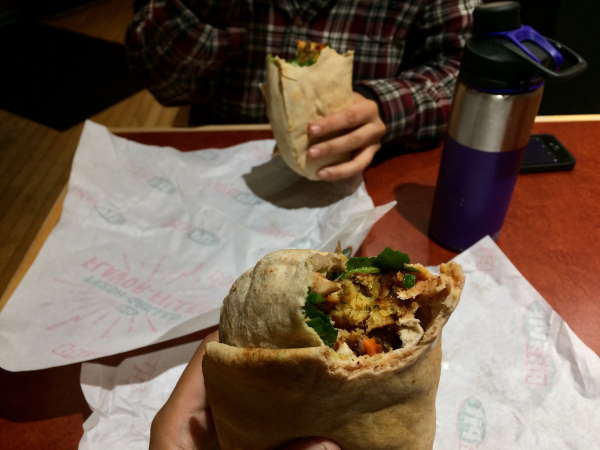
Falafel burrito at Pita Pit!
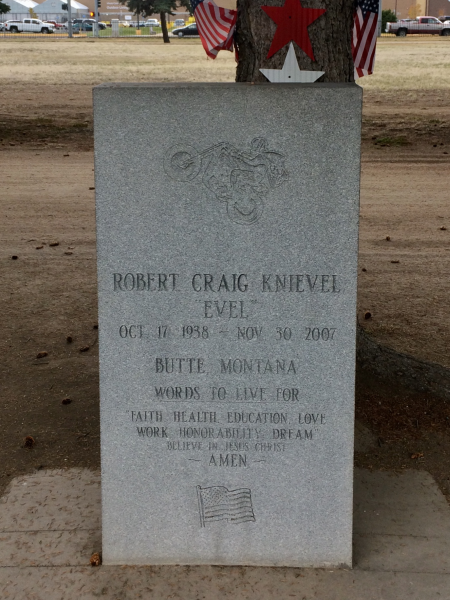
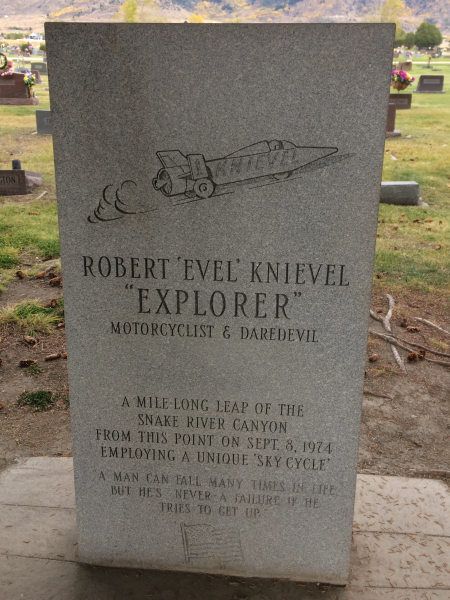
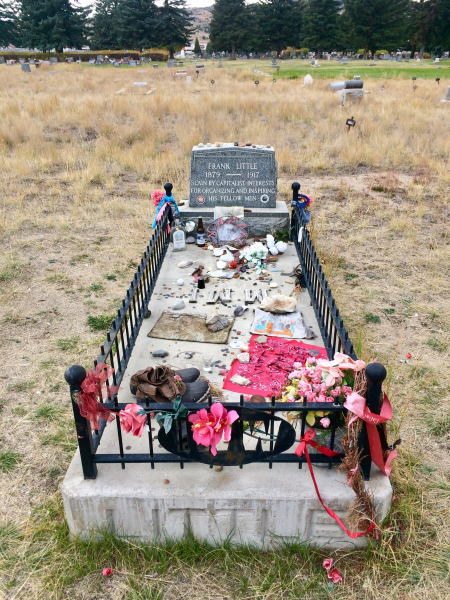
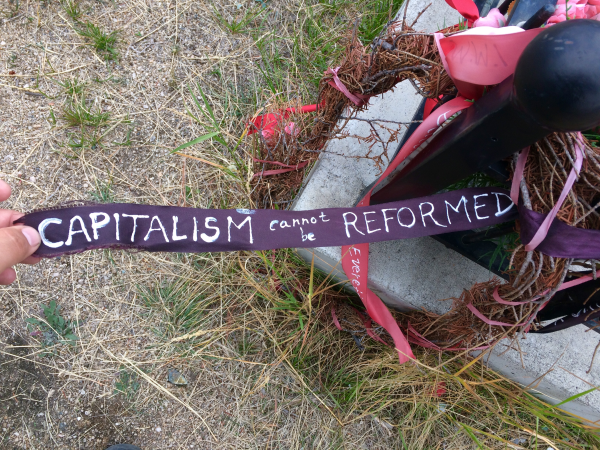
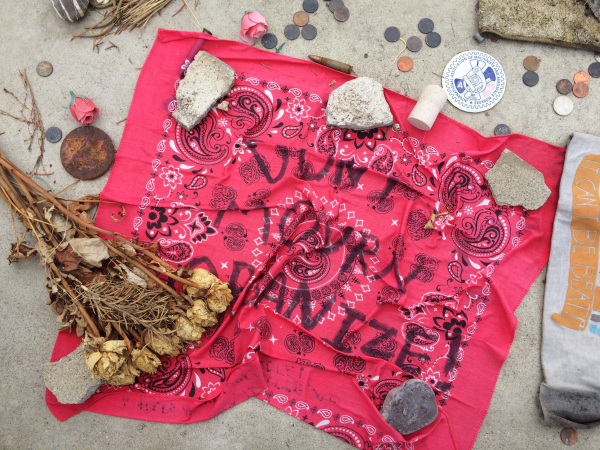
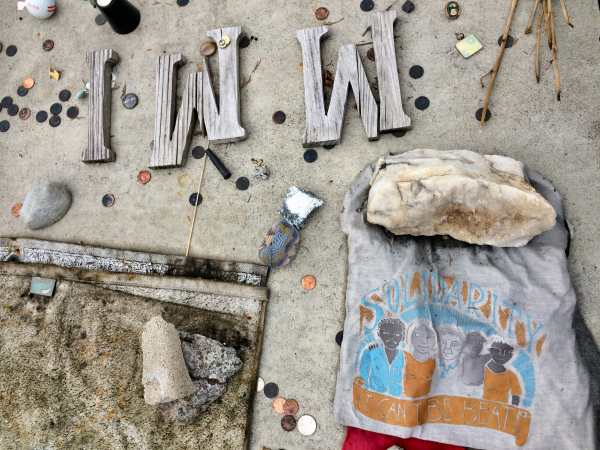
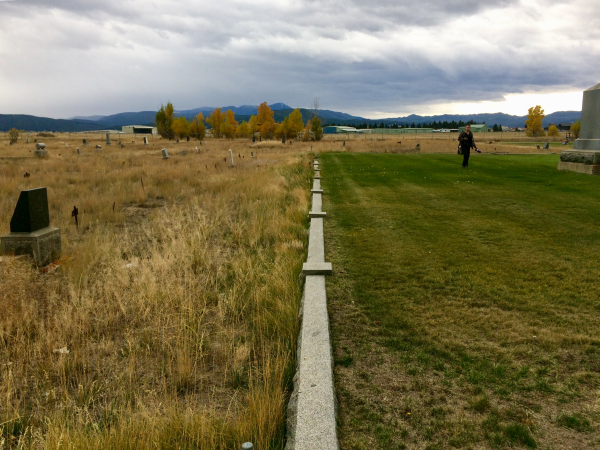
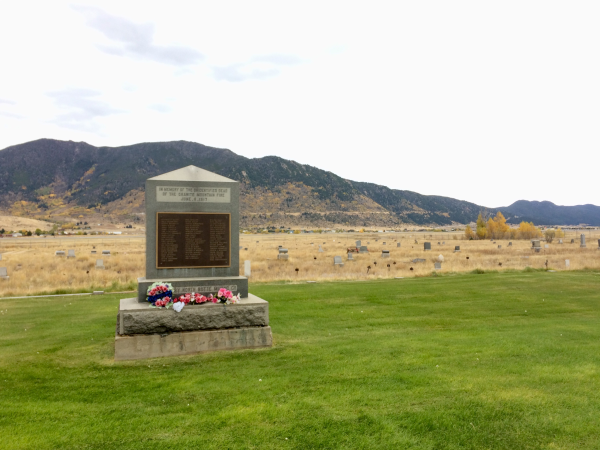
The graves of Evel Knievel and Frank Little; one in the rich section, one in the poor section.
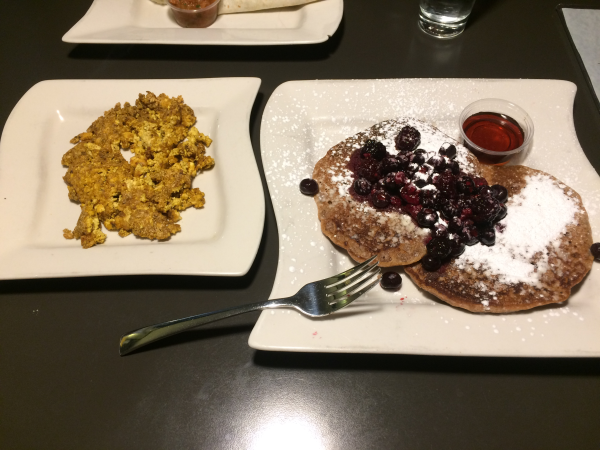
Brunch at Hummingbird Cafe!
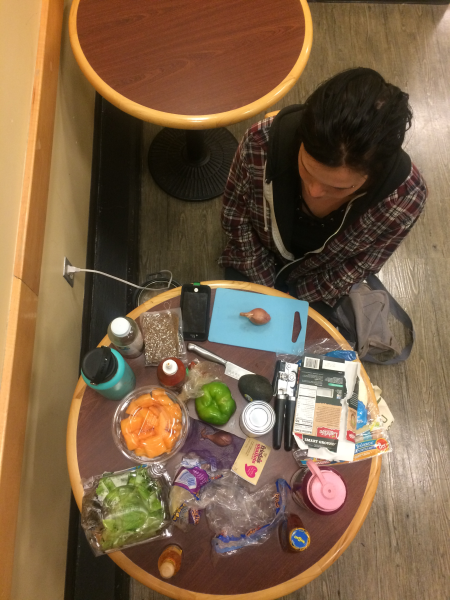
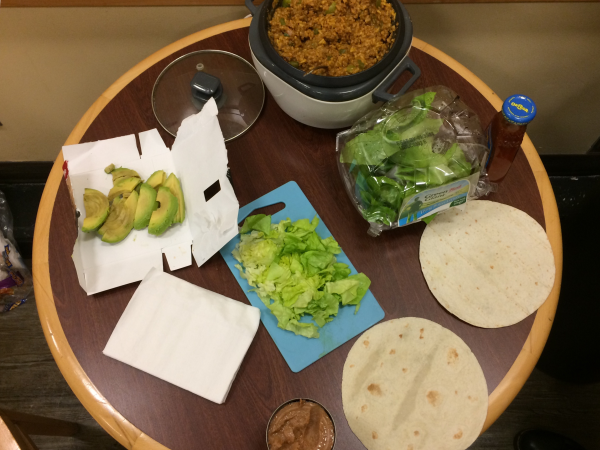
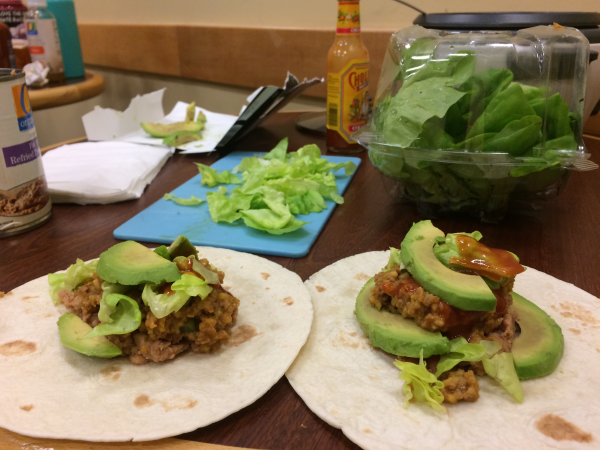
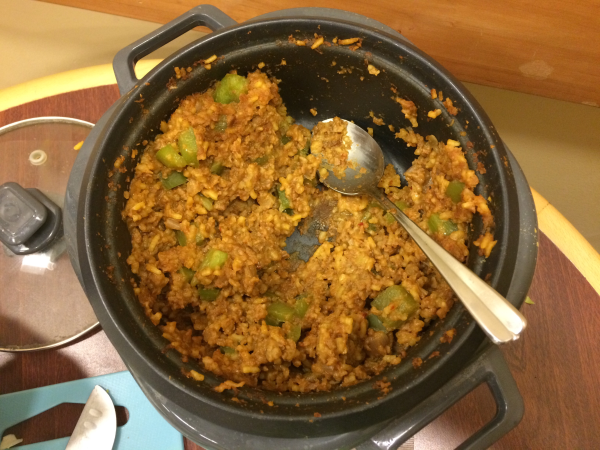
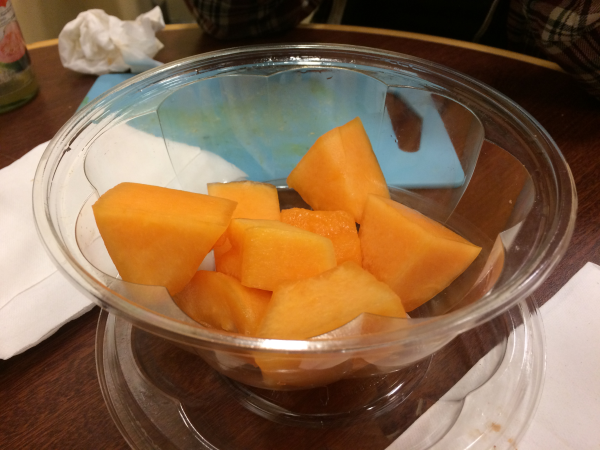
DIY food stamp dinner at a grocery store.
DAY THIRTY-SEVEN
Wednesday, October 3rd
One of the many environmental consequences of Butte's history of mining was the Berkeley Pit. At one point a source of 17,000 tons of ore per day when open-pit mining replaced underground mining in the '50s, this environmentally devastating money-maker allowed for the production of copper, silver, and gold. The diabolical Anaconda Copper Mining Company owned it, and bought the surrounding neighborhoods to destroy and make room for its expansion, compensating them but ultimately displacing the working class community there and demolishing or burying their homes. The pit was officially closed on Earth Day in 1982, although the damage had already been done and more danger was inevitable from that point forward.
With the subterranean water pumps shut off, nearby aquifers began to fill it at a rate of one foot a month. A barista at the Perkeley Pit cafe across the street told us that watching it slowly fill up since childhood had been wild to witness in real time. The pit was now filled with a highly acidic pool of heavy metals and chemicals, including arsenic, cadmium, lead, and sulfuric acid. It just looked like a big, pretty pond, but thousands of geese had landed in it and all died as a result. Its pH level of 2.5 made it comparable to battery acid. They were trying to slow it down by diverting water elsewhere, but it was estimated that by 2020 the poison pit would begin flowing back into the groundwater, tainting the Silver Bow Creek and Clark Fork River. Despite all of this, it was reopened for business in 2003 and they had since begun extracting from it again. It was $2 to visit. No one was there, so we just walked through the mine tunnel to the observation deck, then hopped over that and crawled under the fence to get a better view.
As we pulled out, we took one more look up at Our Lady of the Rockies, this time through our binoculars. We'd first seen it driving into Butte; it was so illuminated at night that it appeared to be floating in the sky with the stars. She was almost impossible to escape no matter where in town you were. We wanted to see her up close, but had found out it required a scheduled bus tour that drove you up the mountain, cost $16 a person, and took three hours in total round-trip. The owners apparently wanted a tramway built that would get you up to it in five minutes, but they kept being met with bureaucratic and logistical obstacles. Still, it was one of the weirdest things we'd seen on the trip, and it was the third tallest statue in the continental United States. The story behind it was even more ridiculous, perhaps even beautiful to some. It all started when a local man named Bob O'Bill promised the Virgin Mary that he'd build a 5-foot statue of her if his wife survived cancer. After she did successfully overcome cancer, his plan somehow blew up into a 90-foot-tall Virgin Mary, and from there continued to grow into a massive project that was backed by many different people throughout the community providing volunteered time, donated materials, and fundraising opportunities. Beginning in 1979, volunteers had to first blast a trail up to the top of the Rockies. A base of 400 tons of concrete was poured, donated by a local family-owned concrete company. The design and engineering of the statue itself was done by a retired worker from Anaconda. Another man donated his lot and buildings for the statue to be constructed at. And in the end, an Army National Guard aviation company helped lift it in four sections up to the base, 3,500 feet above the city. Bob claimed it was a nondenominational tribute honoring all women, particularly mothers. It took six years to complete. As impressive an example of community capability as it was, I couldn't help but wonder what more relevant causes could have been spearheaded with that kind of collaborative energy... and money.
From there we drove down to the Chamber of Commerce to see two statues commemorating a shaggy dreaded sheepdog they called The Auditor. While still alive, he had lived alone and feral at the Berkeley Pit, accepting food from workers but otherwise only showing up when they least expected it (hence his name). He died around the age of 30 of natural causes, just before the pit was reopened for extraction, and studies on his hair revealed a cocktail of every heavy metal you could think of, including 128 times the normal levels of arsenic. There was also a row of tiny telescopes mounted in perfect placement so you could peer through and toward separate mine shaft towers. I could no longer understand how the city could even force pride in their history.
Per the suggestion of the nice barista at the Perkeley Pit, we drove the mountain through small, depressed neighborhoods and past the towers of old mine shafts to the Granite Mountain Memorial Overlook. It was windy, and the views stunning but bleak. The mine shafts, pits, and blocks of low-income residents were like scars across the landscape. The memorial was hard to take too seriously, as it was far less than what the situation deserved. The men who died in the mines during the Speculator Mine disaster were only a fraction of the tens of thousands who died working for Anaconda and the ore industry. The city, the wars that the materials they extracted helped encourage, and the country as a whole were all built on the literal blood, sweat, tears, and corpses of the working class, who paid the ultimate price for the success of their bosses.
It was after that that we finally left Butte and began driving on scenic routes again. Alyssa wanted to visit an old candy shop she saw an ad for at the Chamber of Commerce. It looked cute and lost in time, so I agreed it was worth a short stop. It was in the very small and old town of Philipsburg, another retired mining town with a population below a thousand, a small downtown stretch plopped down like a movie set amidst two dozen ghost towns, dry and smooth mountains, and grassy fields littered in trailer homes and campers. Today, their biggest employer was a luxury ranch celebrities went to. In fact, Scarlett Johansson and Kate Bosworth both had their marriages in Philipsburg. The candy store, named The Sweet Palace and proclaiming itself the "greatest in the world", was darling in its antiquity. There were all sorts of candy, including chocolates, and we quickly discovered that virtually nothing, not even dark chocolates, were vegan. It was a big, disappointing tease, and all we left with was a sarsaparilla soda.
Back on the road along Highway 1 in especially rural Montana, an art gallery stood out of place between ranching land; life-sized steel and bronze animal statues towered across the street from live grazing cows. We did an immediate u-turn and pulled in. A sign before it said, "Usually open", but we still weren't sure until an old, tall man suddenly appeared with a welcoming smile and accent, telling us that he and his father had made some of the sculptures together. He said there were paintings and drawings inside in the gallery. We walked around outside first and admired all of the animal statues. The penguin and mammoth both had little doors on their bodies that swung open and revealed big hearts inside. We'd seen several metal sculptors on this trip so far, but nothing as beautifully detailed and intricate as these were. The gallery was dedicated to Bill Ohrmann, a retired rancher who spent the latter half of his life sharing the art he'd been creating since childhood. In his later years, he allowed that art to reveal and express his strong feelings about organized religion, politics, environmental destruction, and cruelty toward animals. He lived to be almost 96, and created hundreds of pieces using multiple mediums, even including woodcarvings and polyform sculptures. His son John now ran the place, and shared his own talents in mixed media and drawings alongside his father's in the gallery. He built the space, which was nicer than you'd ever expect of anywhere off the road outside of Drummond. He said his father was a "radical" animal lover, but when I asked how radical, he laughed and said, "I can’t get into that; I'd probably go to jail." We later confirmed online that he was unfortunately neither vegan nor vegetarian. His artwork expressed a heavy reverence for animals, though. We were amazed by everything there, and so glad we'd come across it. In their guestbook we signed, I wrote, "Let's extend our reverence for animals to what/who we eat, too!"
We got on a backroad that followed parallel to I-90 and stopped again when I noticed a short, inexplicable tunnel passing underneath the interstate covered in messy graffiti. The narrow trail that went through it to the other side did not offer any further explanation as to its purpose or direction. We browsed the angry and juvenile graffiti splattered along it, mostly expressions of small town rivalry and sad white cowboy attempts at threatening drive-by shootings, the usual doodles of stick figures fucking, penises, and name-calling with a heavy usage of words like "faggot" and "slut". We left our own marks there and then left.
We drove way out to the middle-of-nowhere along another nearly hidden backroad in the now-defunct town of Bearmouth, and then eleven miles up a mountain to an elevation of 6,000 feet so we could check out the preserved ghost town of Garnet. It proved worth it. Garnet was a successful mining town specializing in gold in the mid-1800s. Despite being high up in the heart of the mountains, the population broke a thousand at its peak, and their bustling town boasted three hotels, thirteen saloons, a dance hall, a candy shop, two barbershops, a school, twenty mines, and all the other centers of commerce you'd expect. They had a honeymoon cabin that allowed newlyweds to live for free up until a new couple came along. Poor folk who couldn't afford the $1-3 nights at the hotels were allowed to sleep in the attics for only a quarter. Their single jail was almost never used since most issues were handled diplomatically as a neighborhood. An anarchic community spirit kept this place alive, built haphazardly with immediate business being prioritized over actual town planning. Of course, the gold rush eventually ended, and 25 after it was founded it was mostly abandoned, a tenth of the population leaving. Not long after, a fire at one of the hotels destroyed half of the properties, which no one even attempted to rebuild. A brief revival came about in the '30s, but it was just as abruptly interrupted by World War 2, and by 1948 it was officially dead, some store items sold at auction but much left behind to be had by collectors and scavengers.
We had a late dinner when we finally got into Missoula at a Red Robin. We each got a vegan black bean burger on ciabatta, mine with avocado, caramelized onion, and pickles, and we shared bottomless fries and steamed broccoli topped in spicy Thai sauce. We emphasized "vegan" several times, but both our burgers came out with cheese at first, so by the time they got it right they offered to only charge us for one drink and one side of broccoli--a big dinner for only five bucks! As always, a Walmart parking lot was waiting for us to sleep at it afterwards. It rained a little throughout the night, but thankfully not hard enough to even get through our window screen nets.

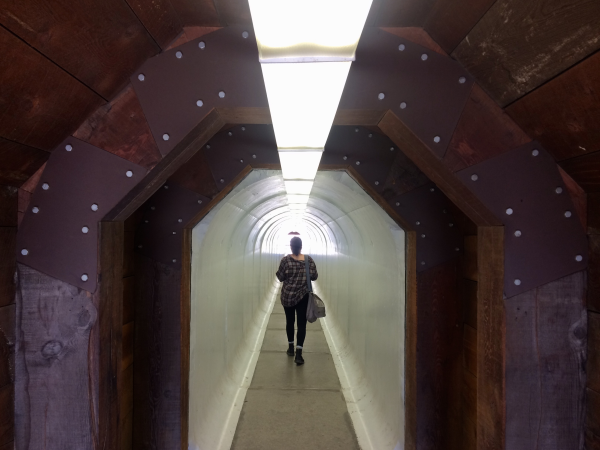
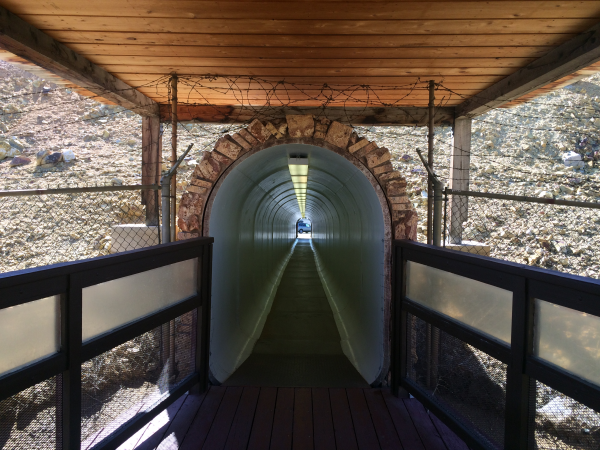
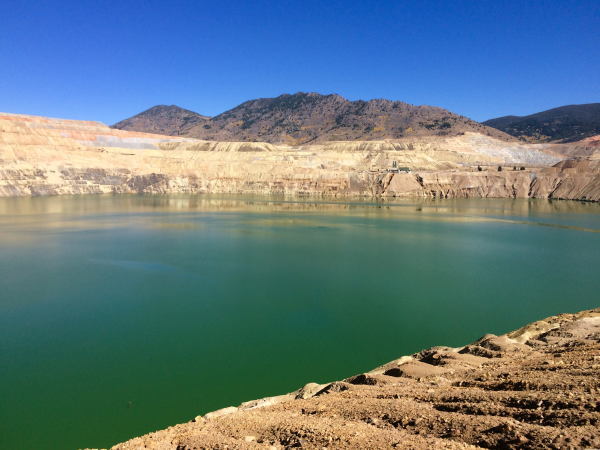
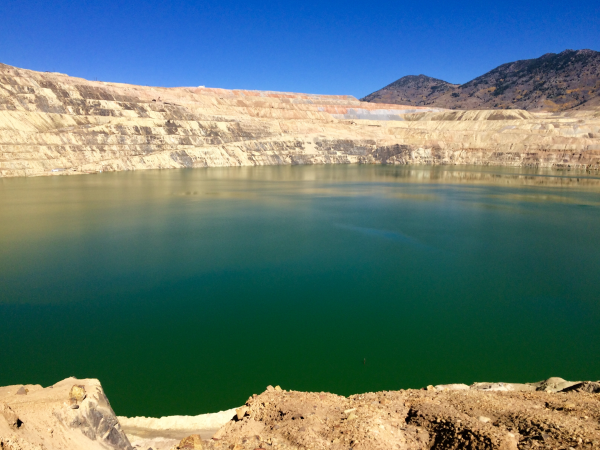
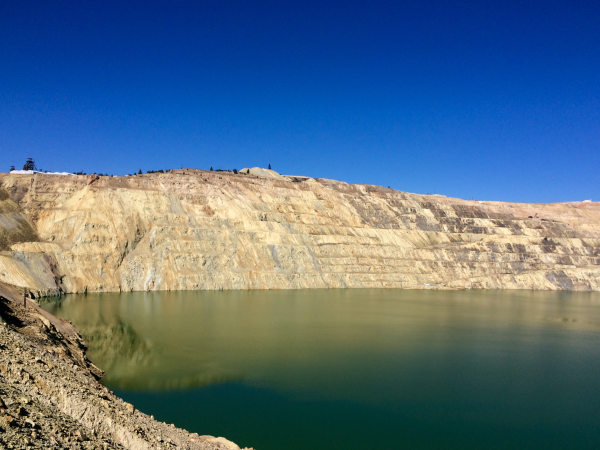
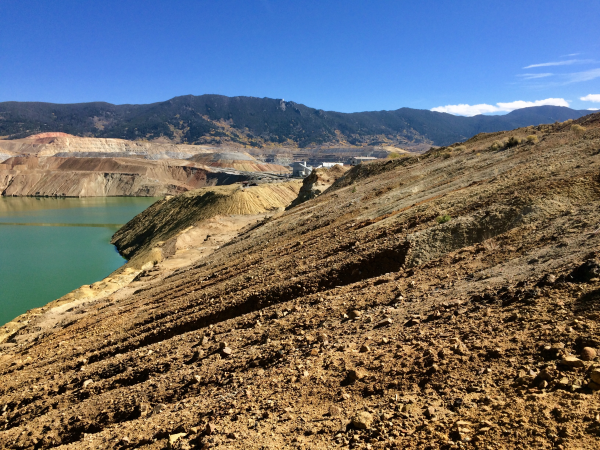
The Berkeley Pit!

Our Lady of the Rockies, from a far.
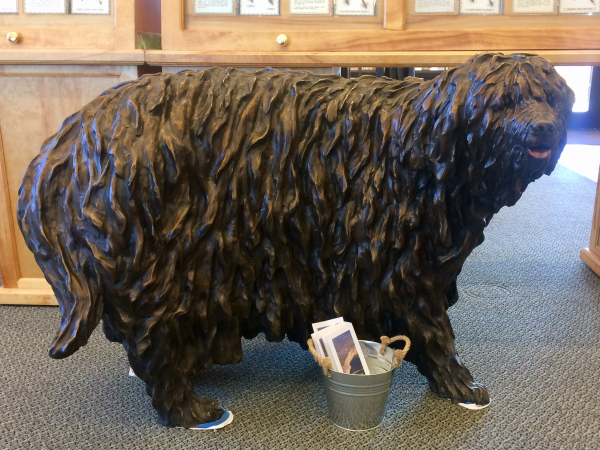
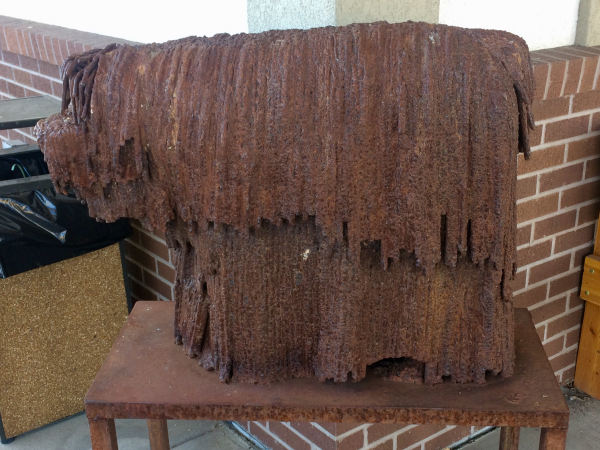
Two sculpted monuments to The Auditor.
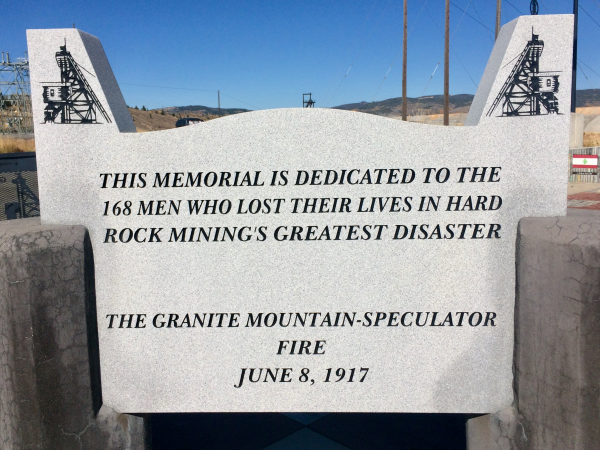
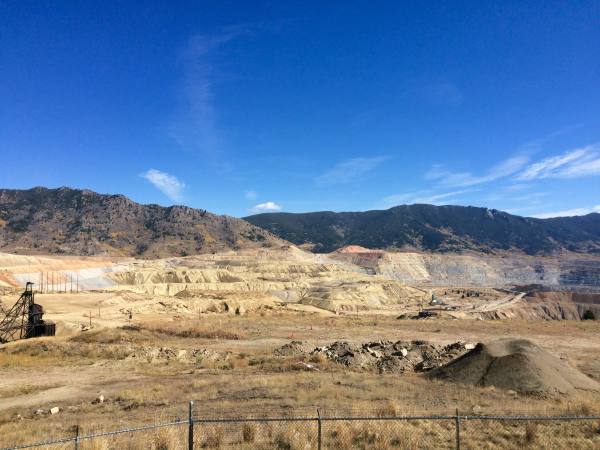
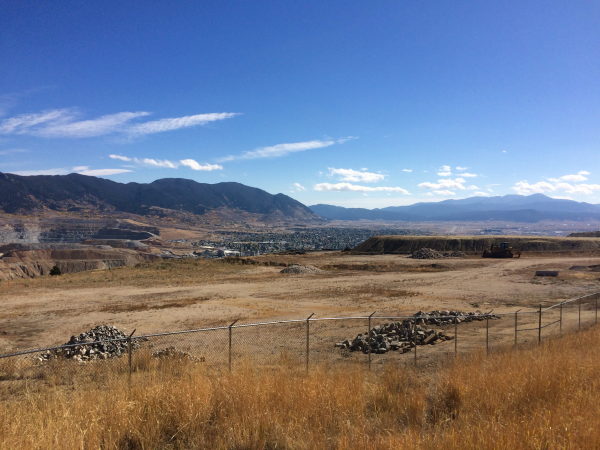
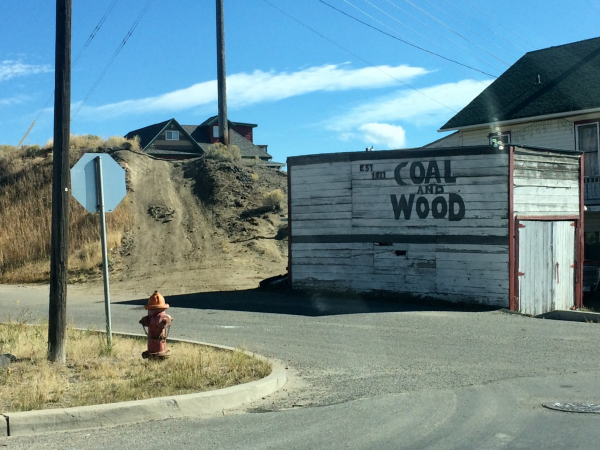
Up the mountain to the Spectator Mine disaster, tragic with a great view of a decimated landscape.
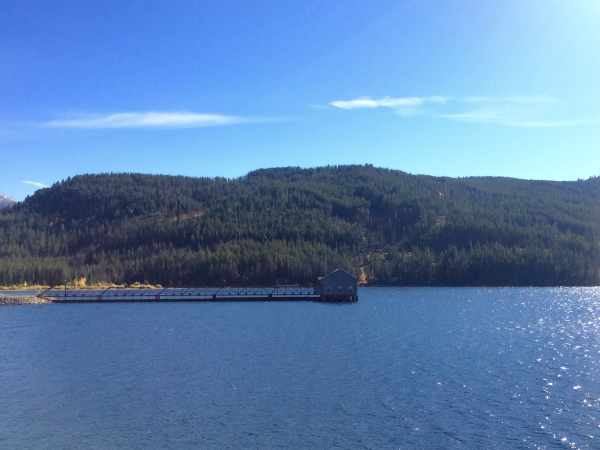

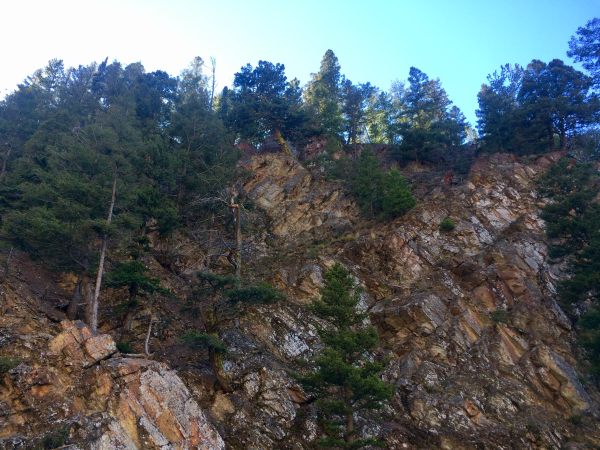
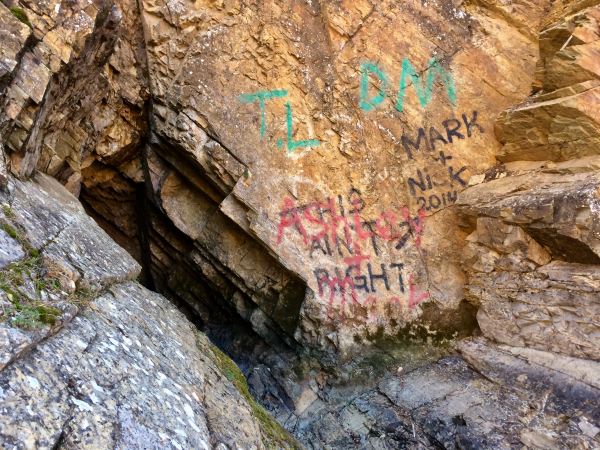

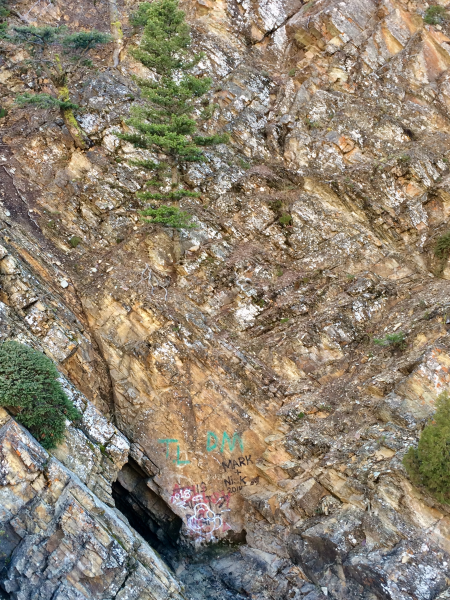
Views from the drive, stop at a cave.
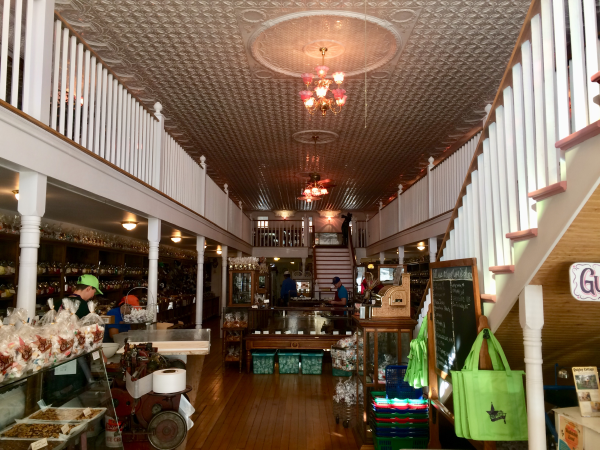
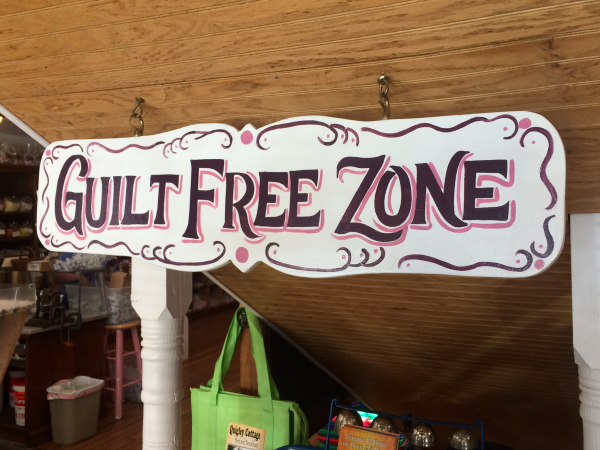
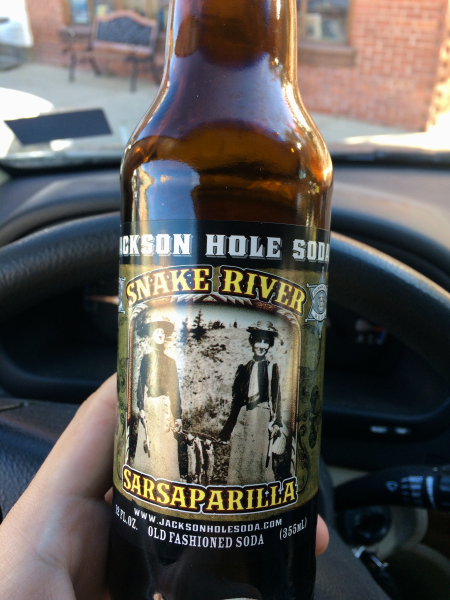
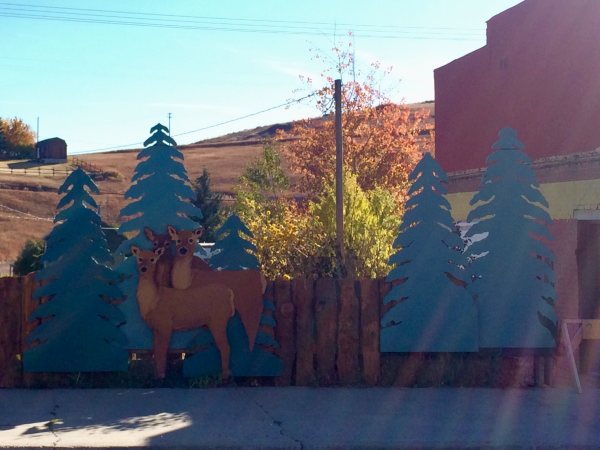
Philipsburg.
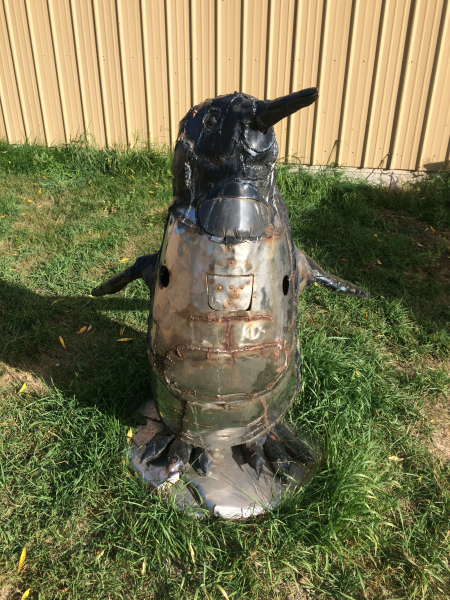
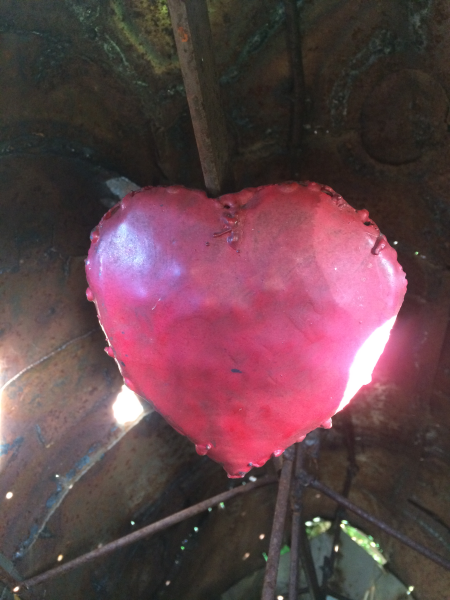
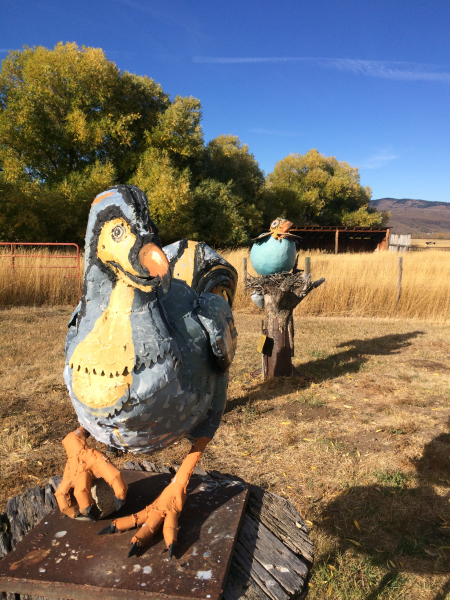
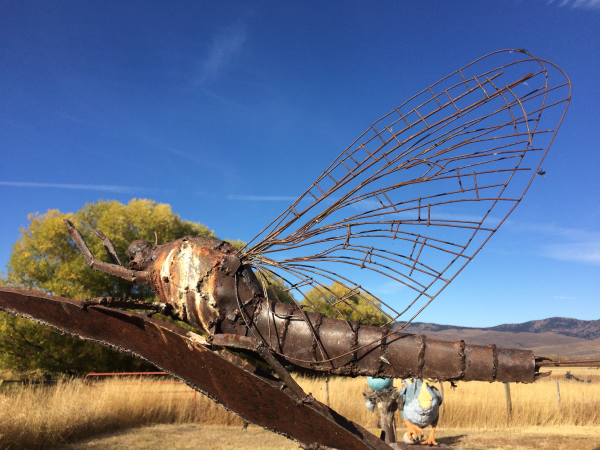
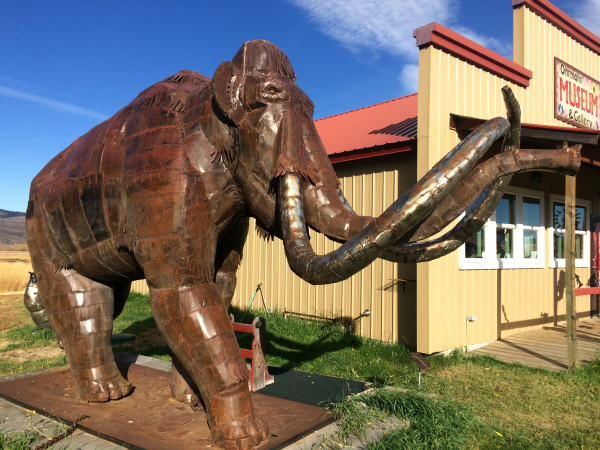
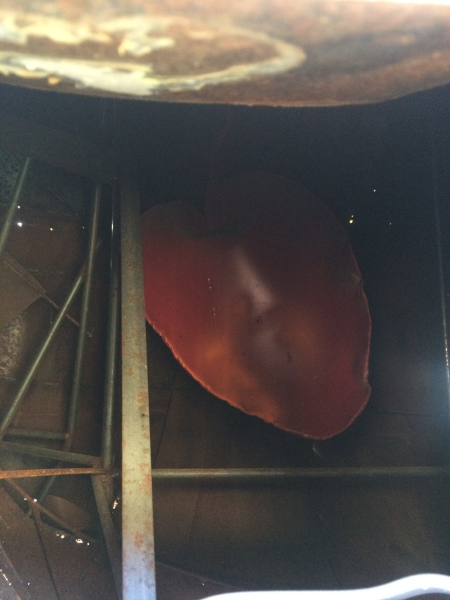
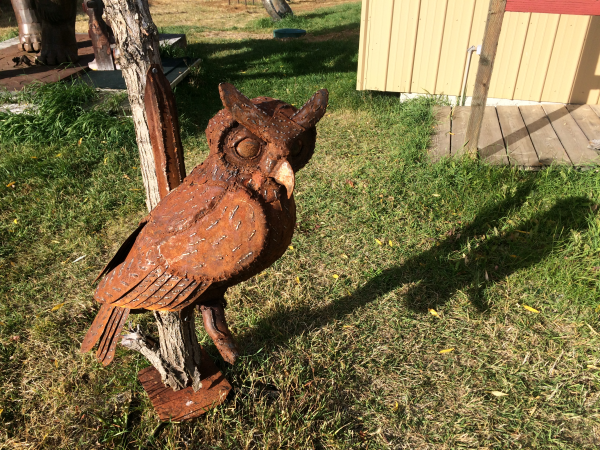
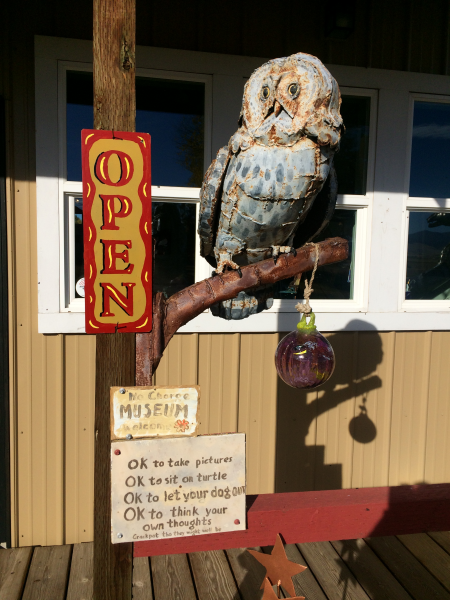
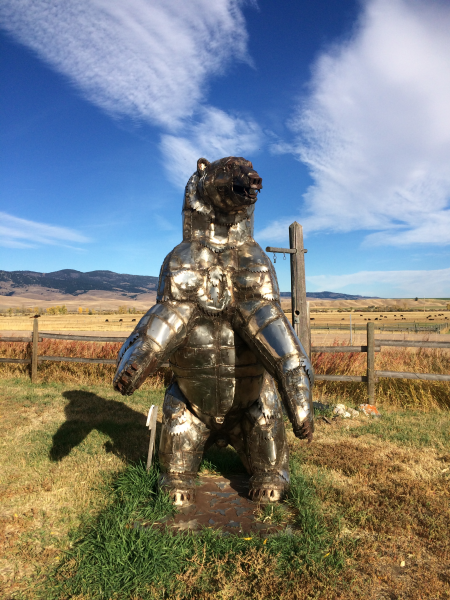
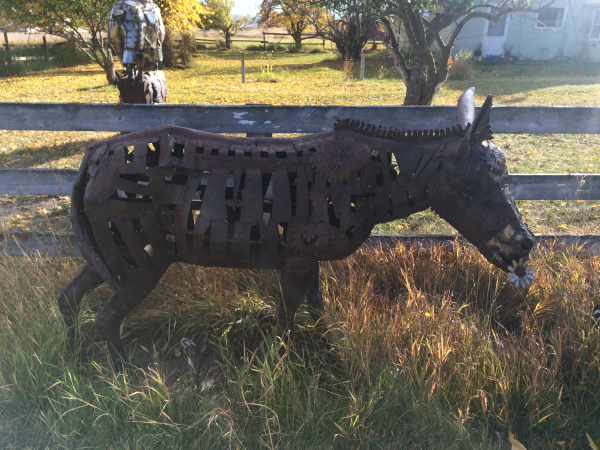
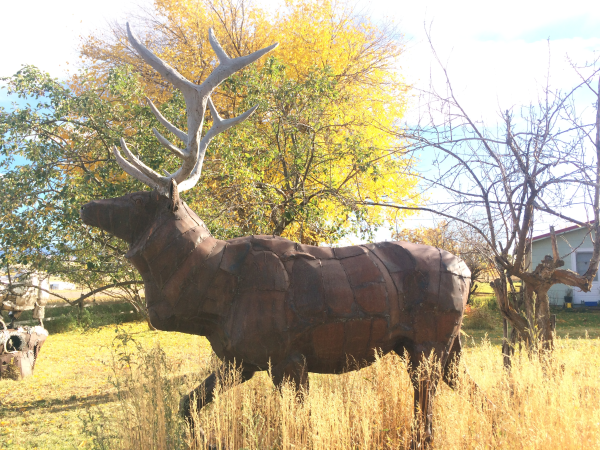
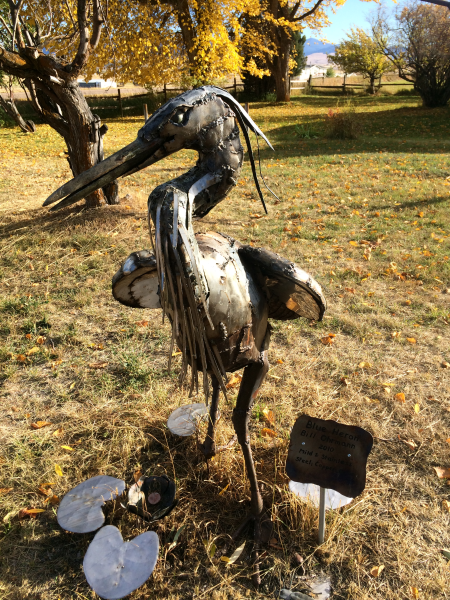
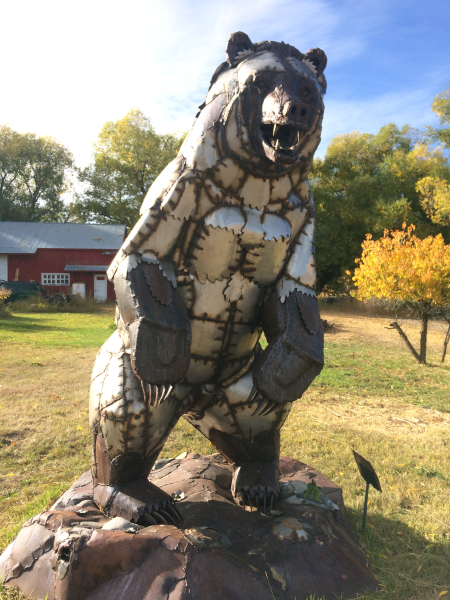
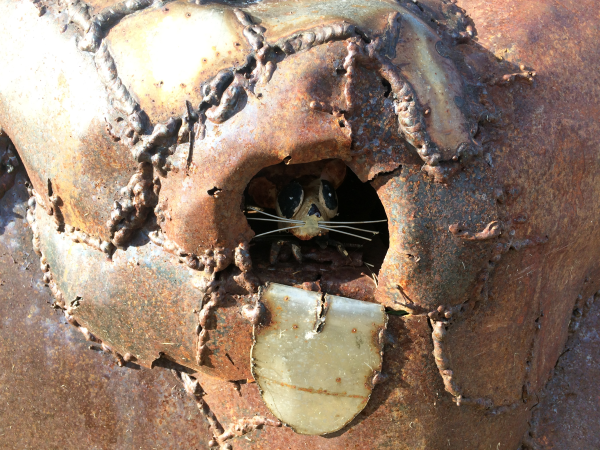
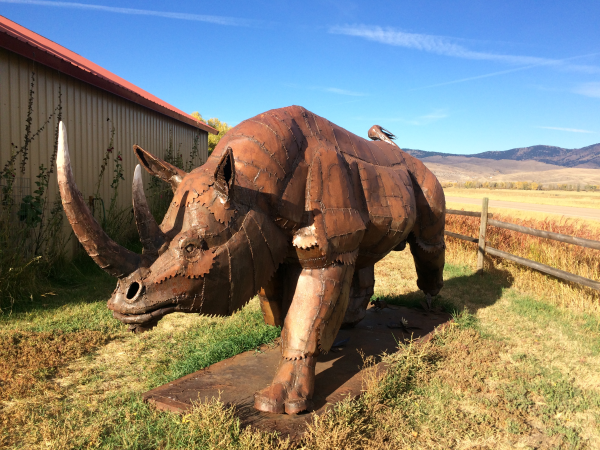
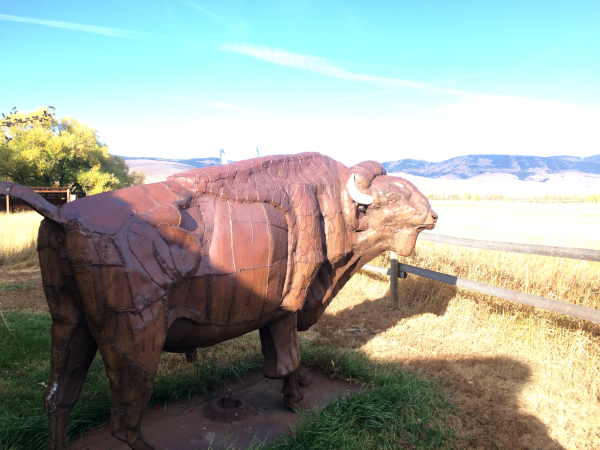
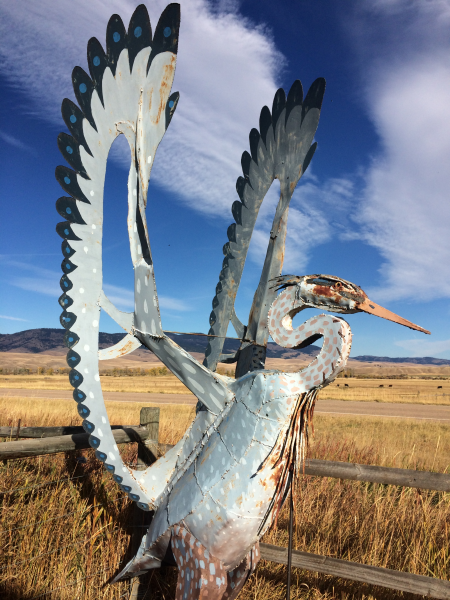
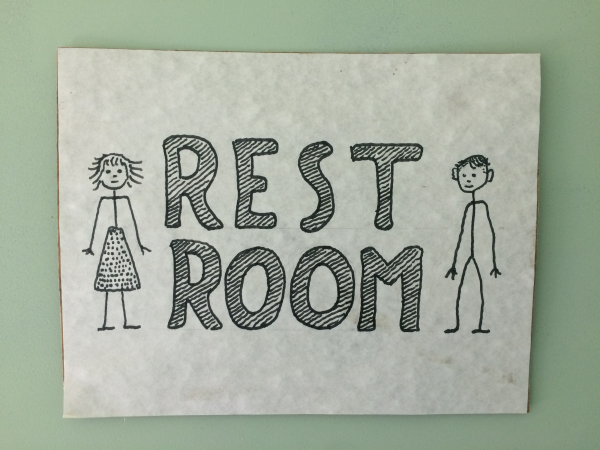
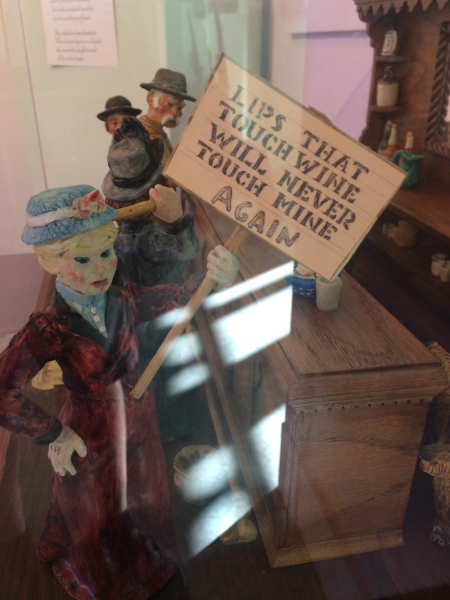
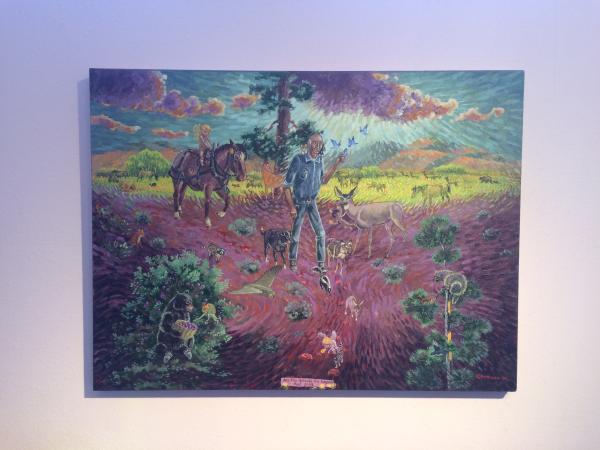
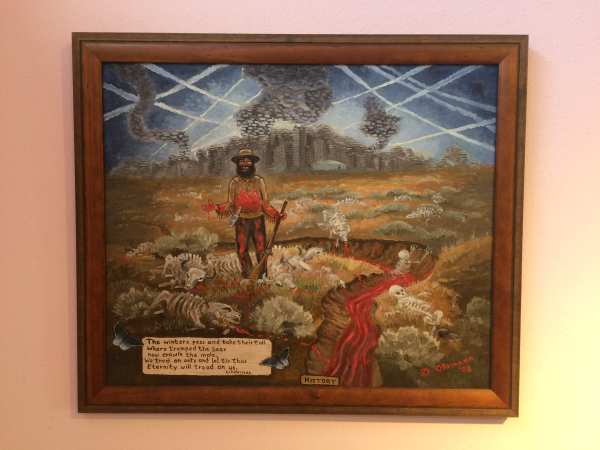
The Ohrmann art gallery.
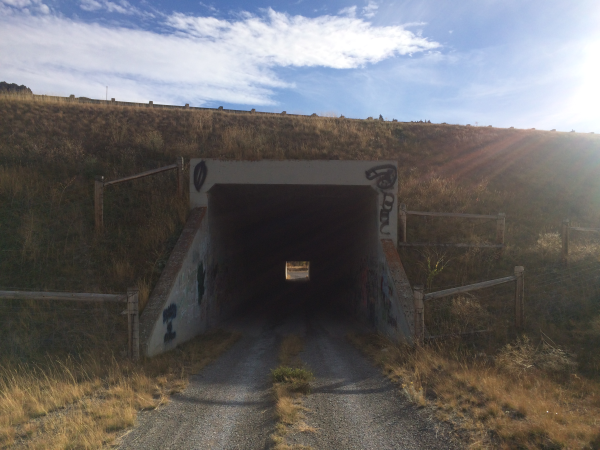
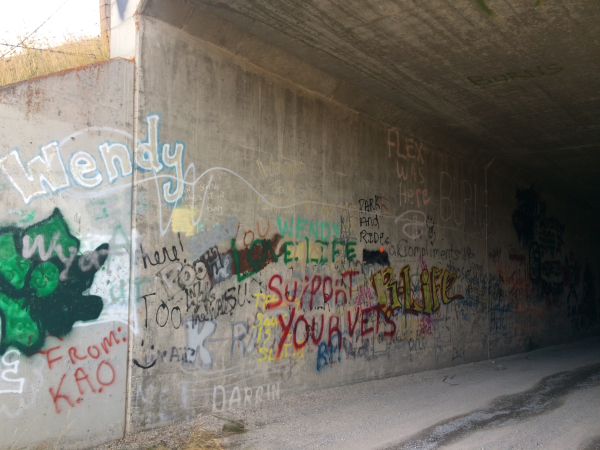
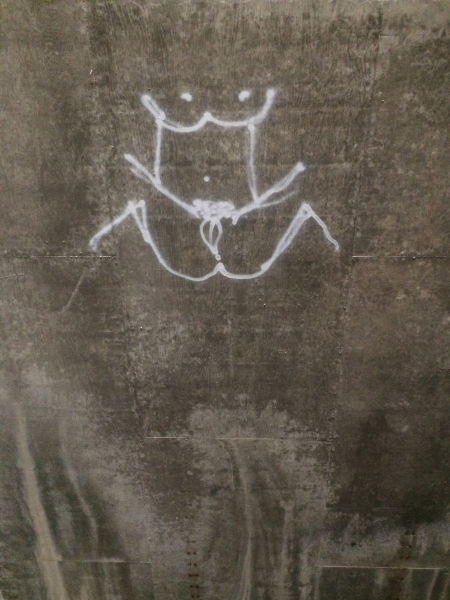
A tunnel only homophobic redneck teens apparently know about.
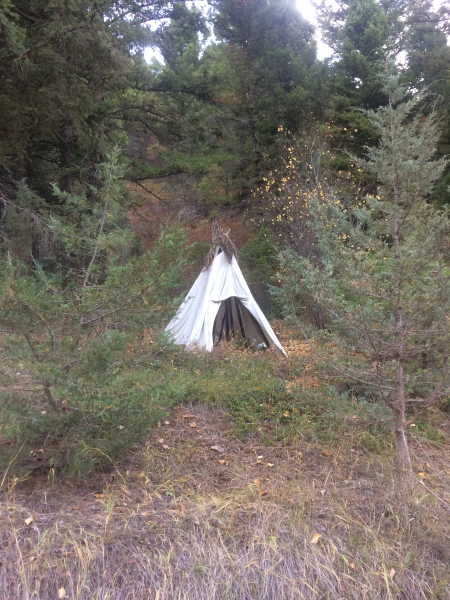
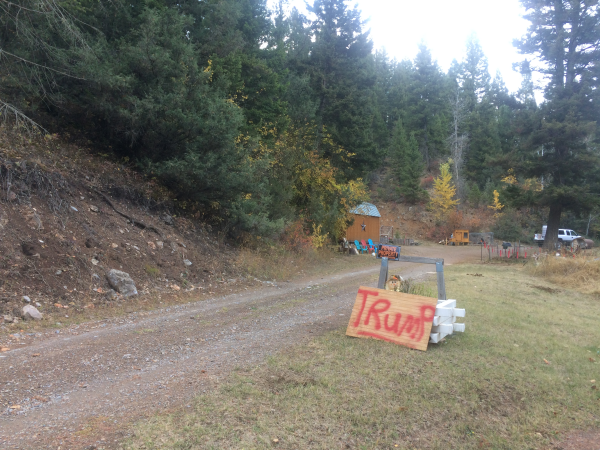
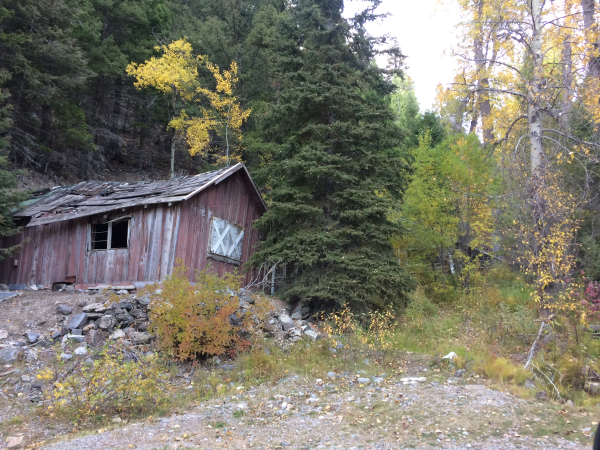
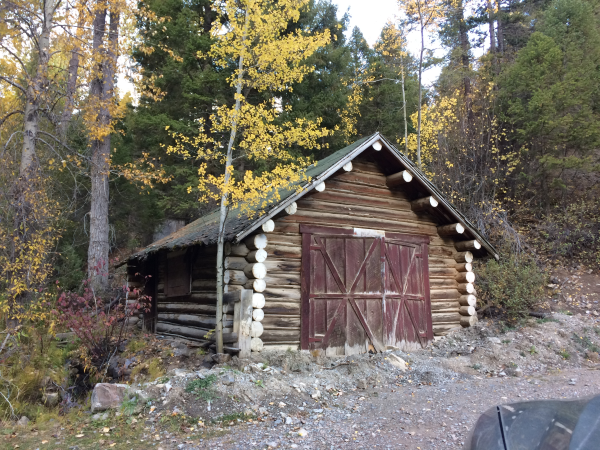

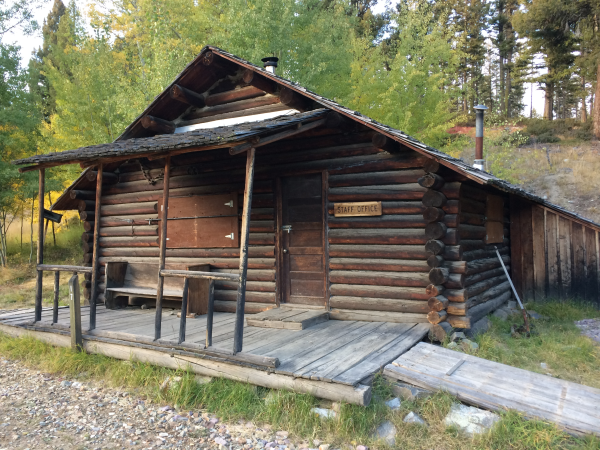
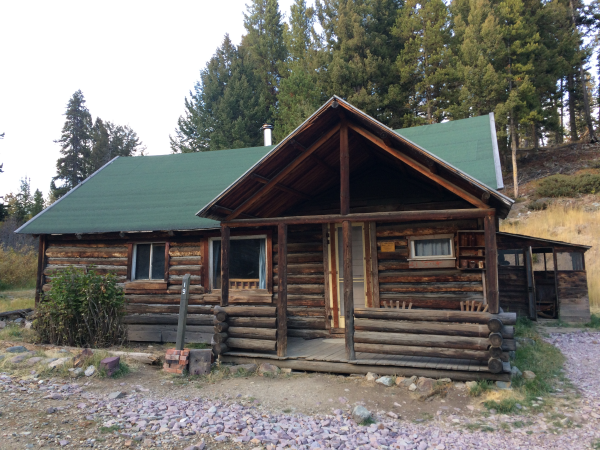
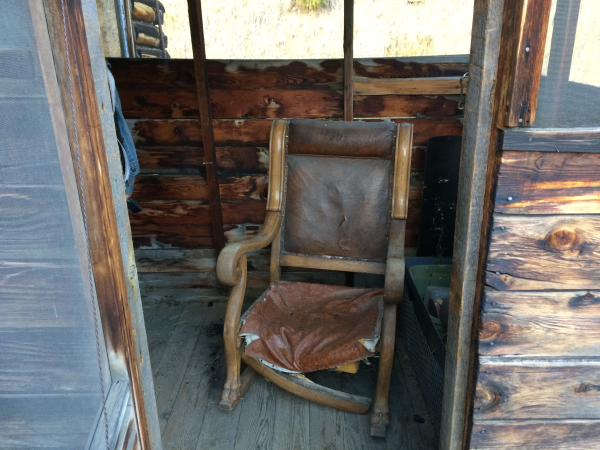
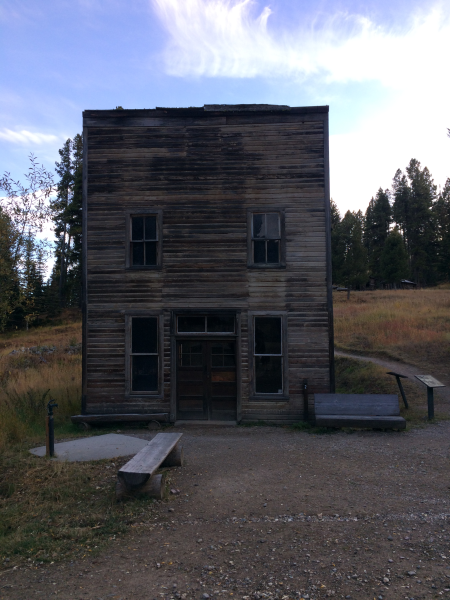
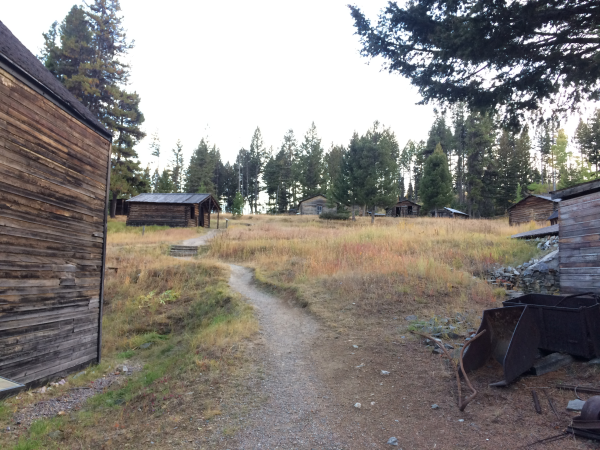
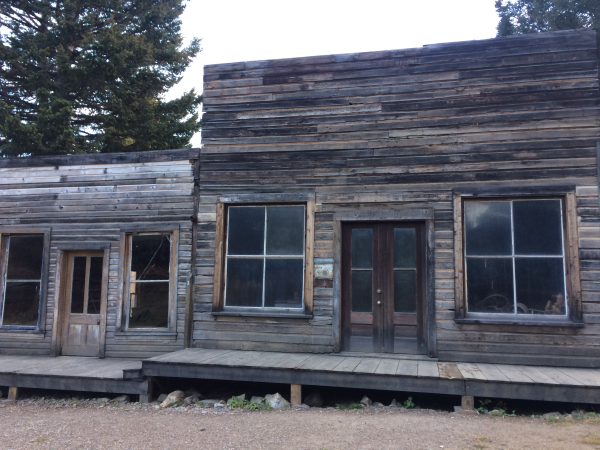
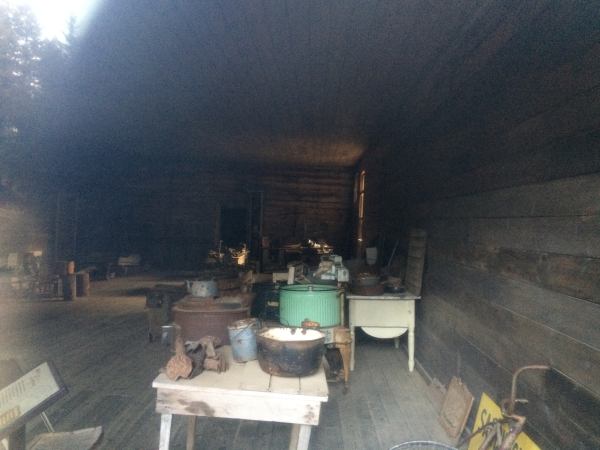
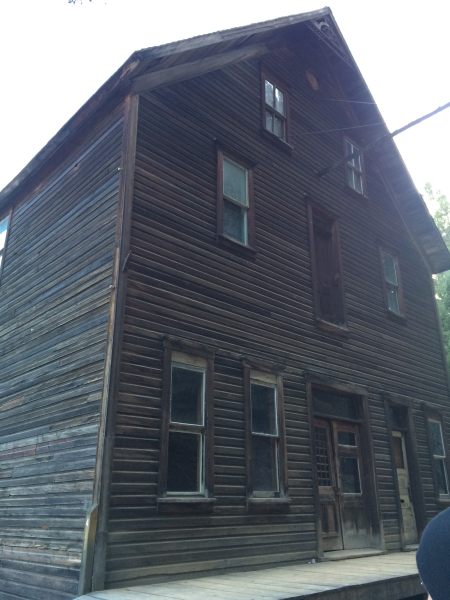
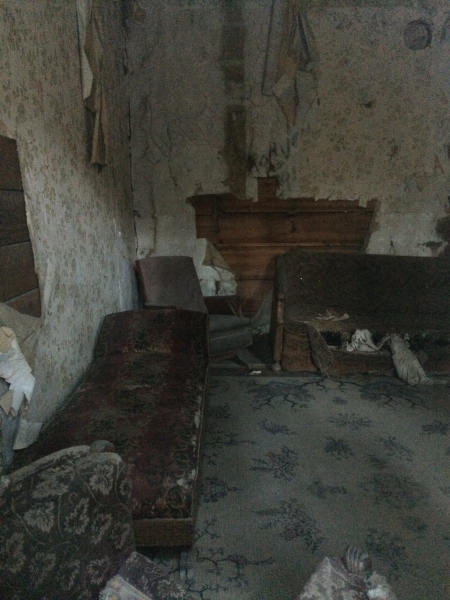
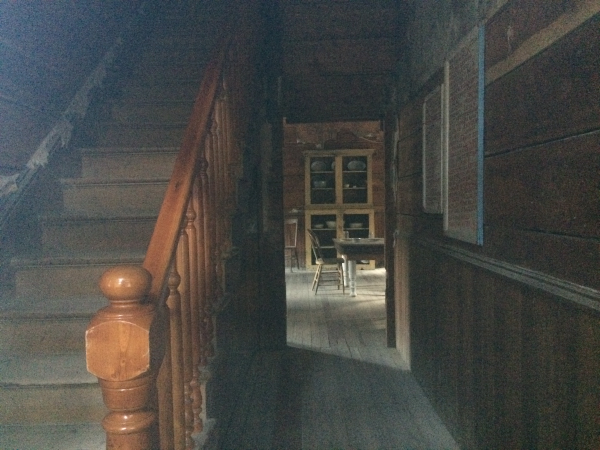
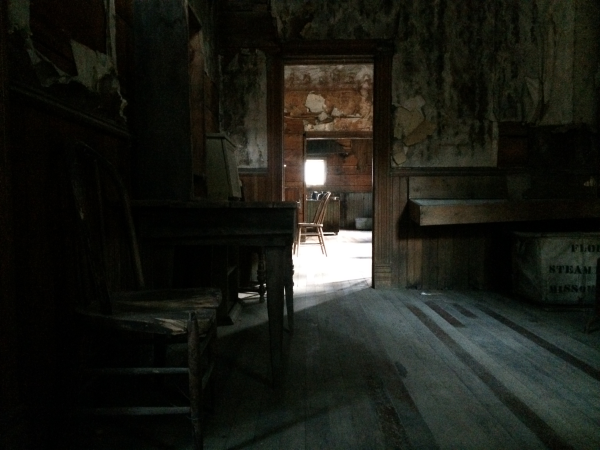
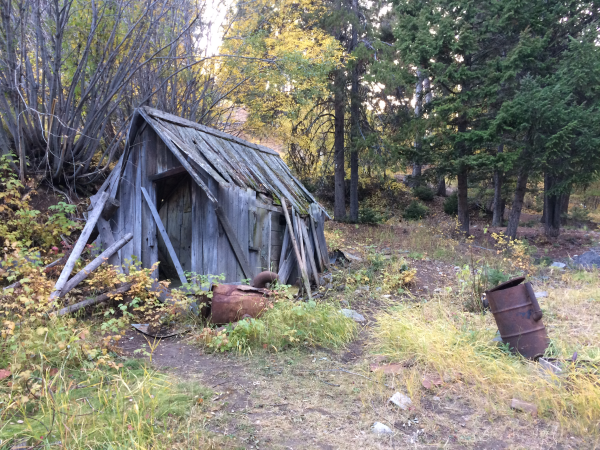
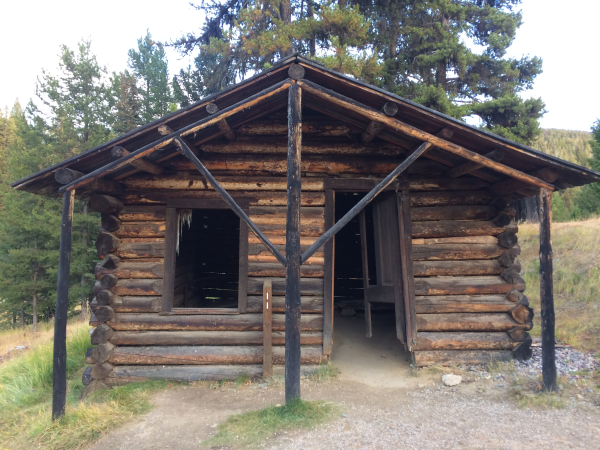
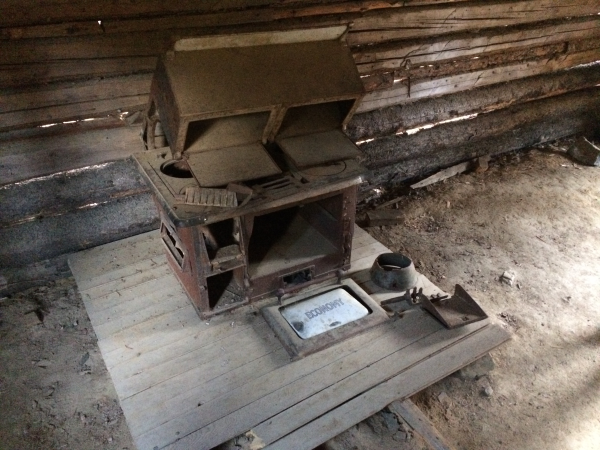

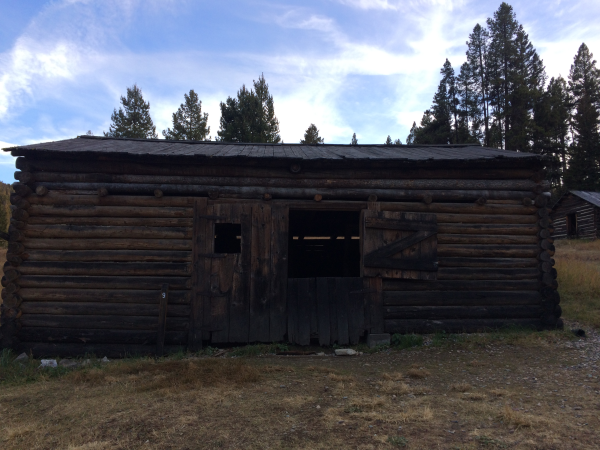
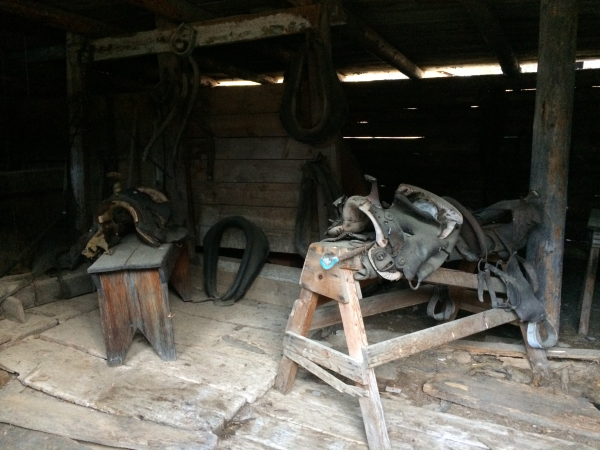
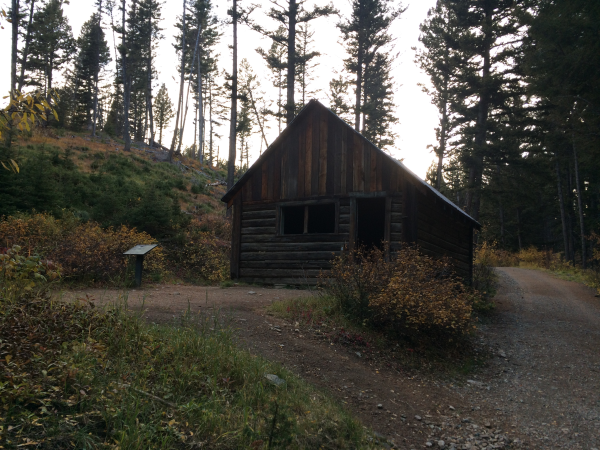
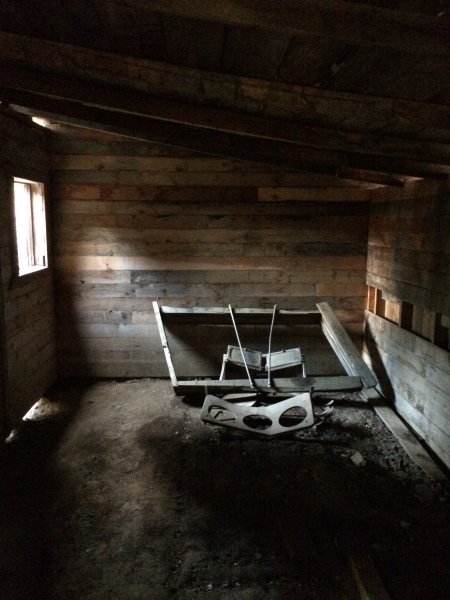
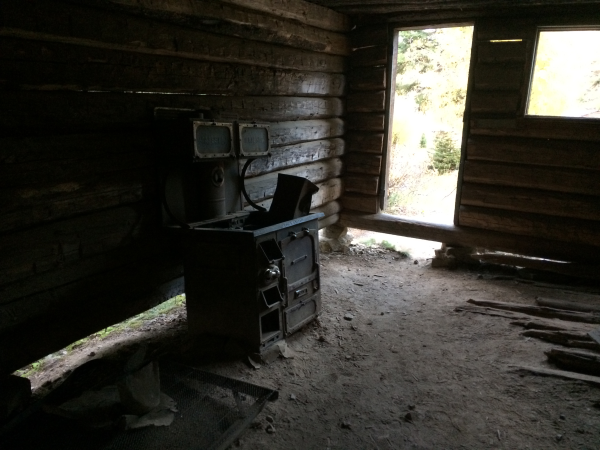

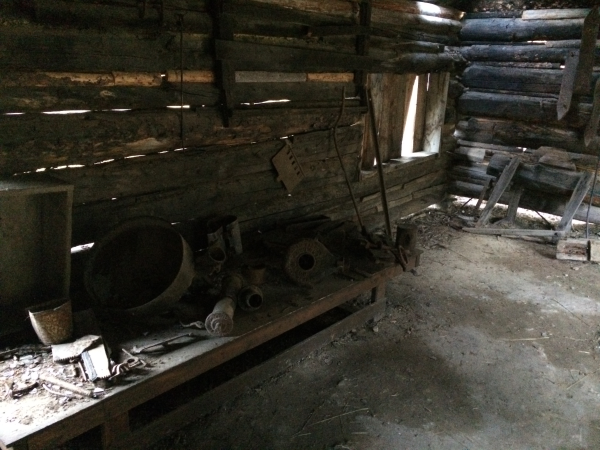

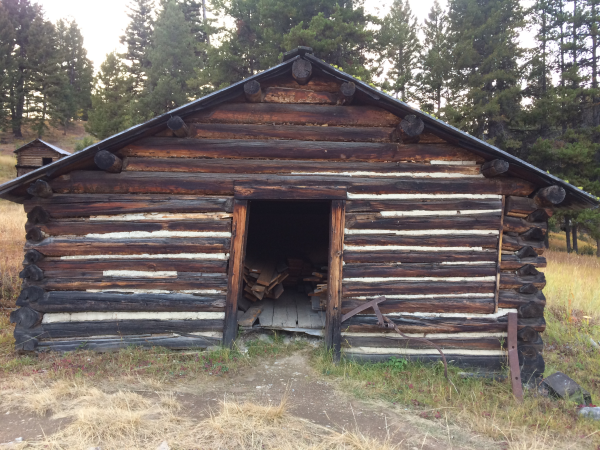
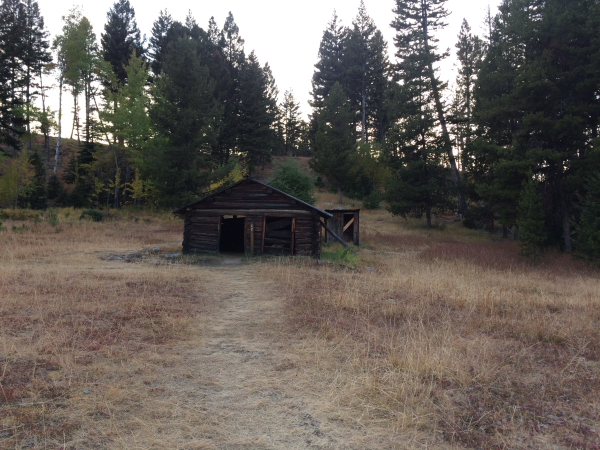
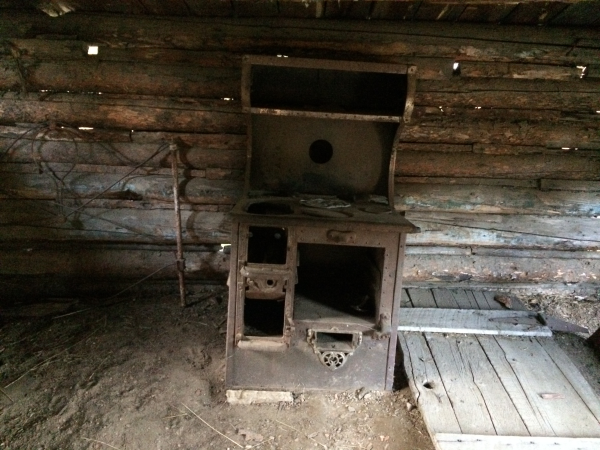
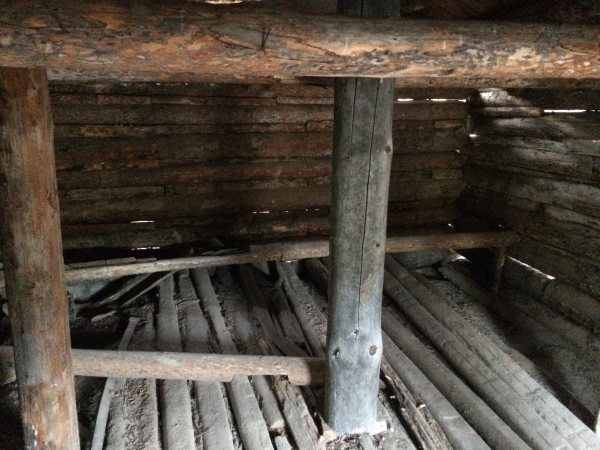
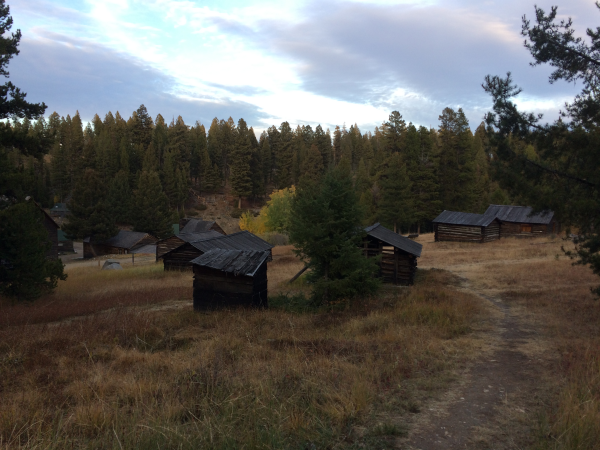
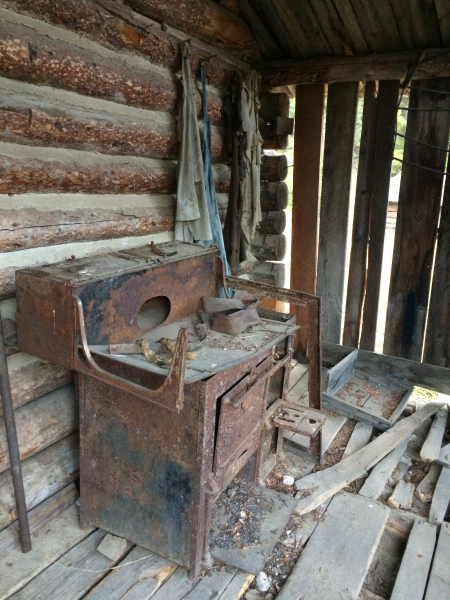
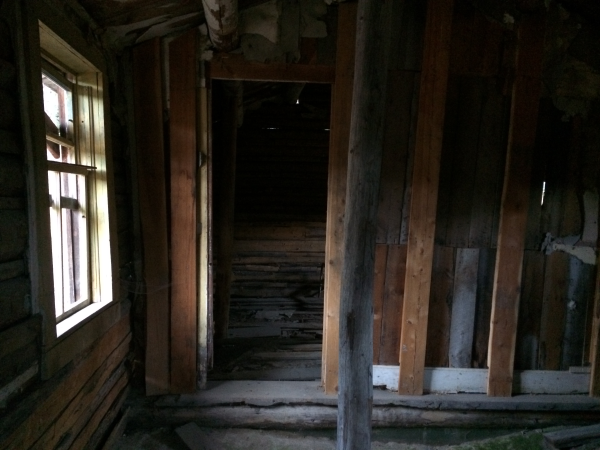
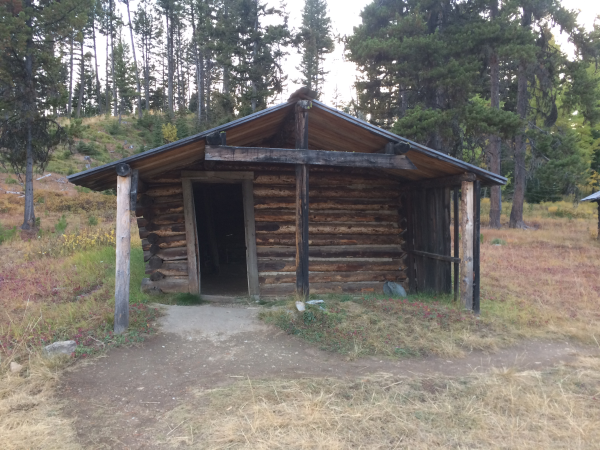
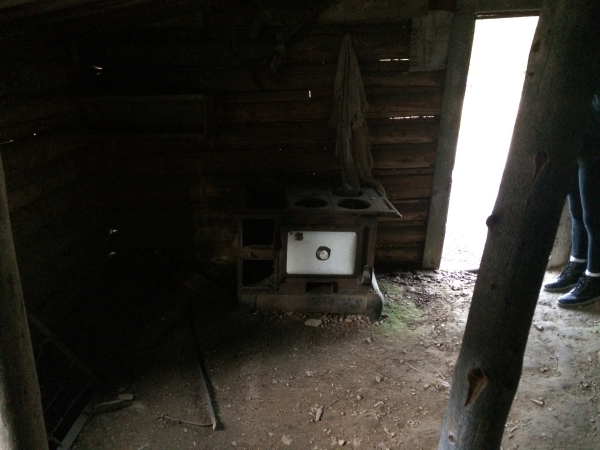
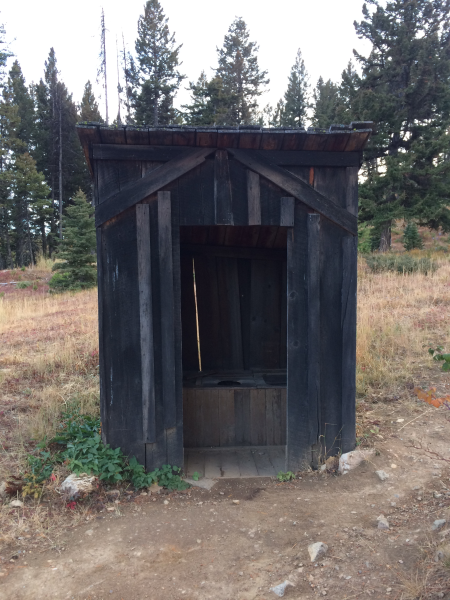
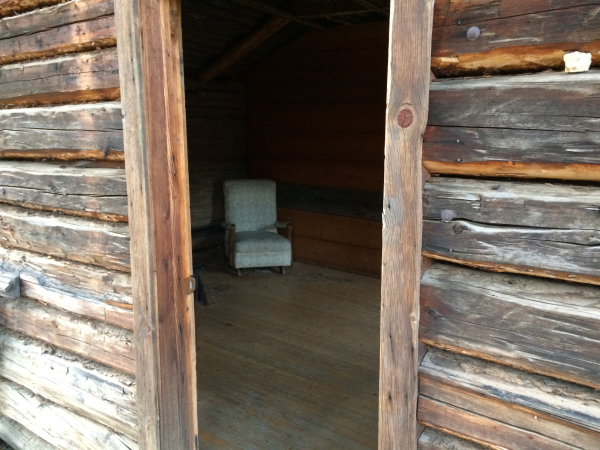
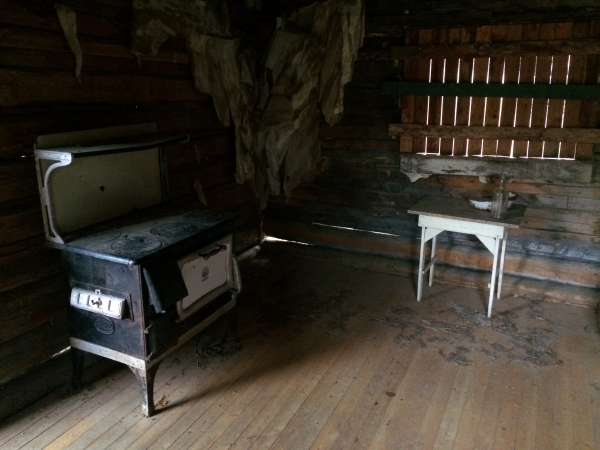
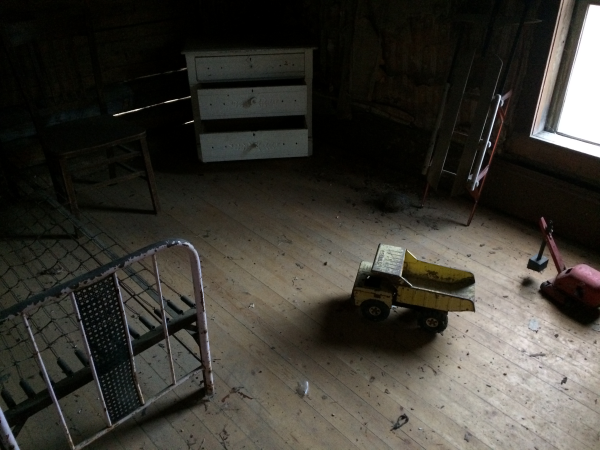
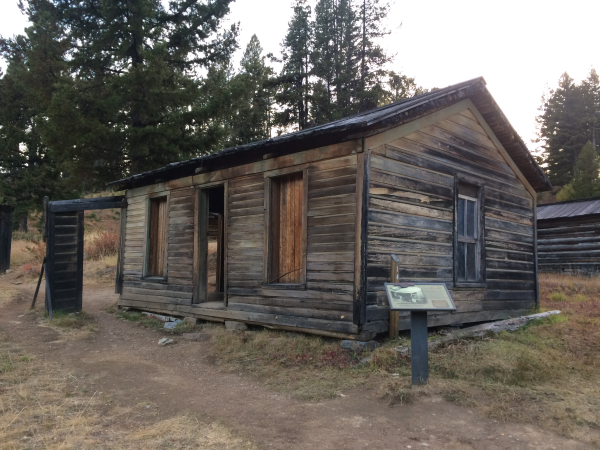
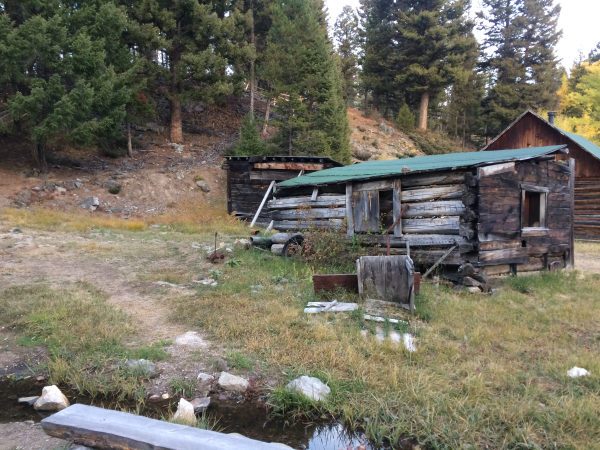

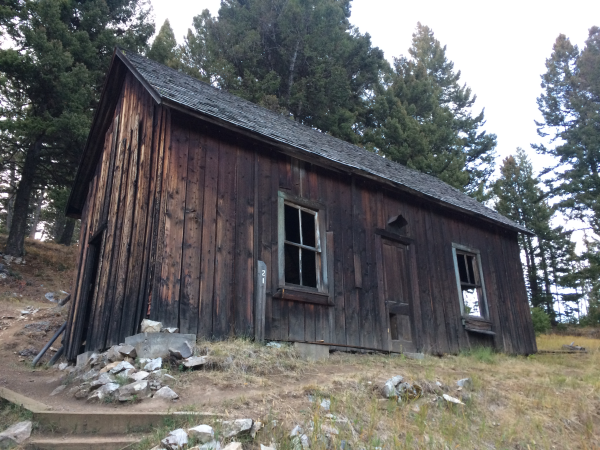
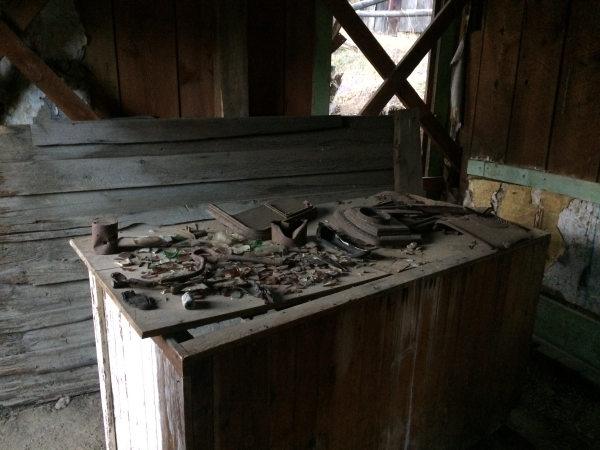
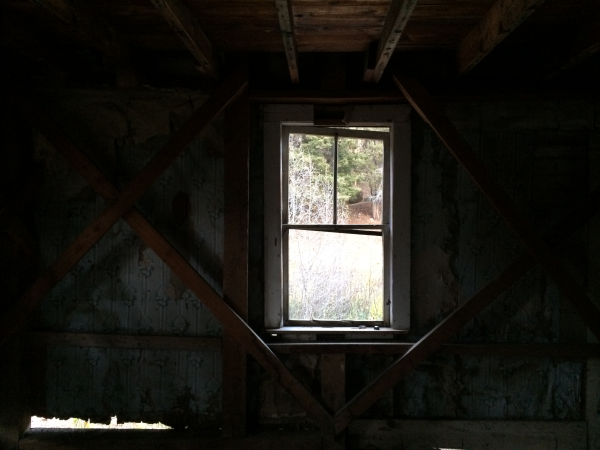
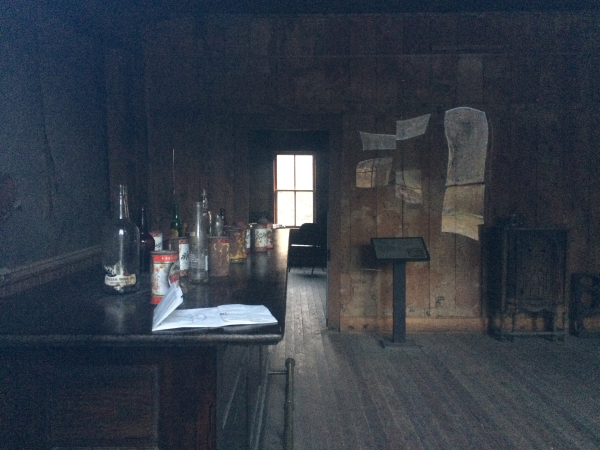
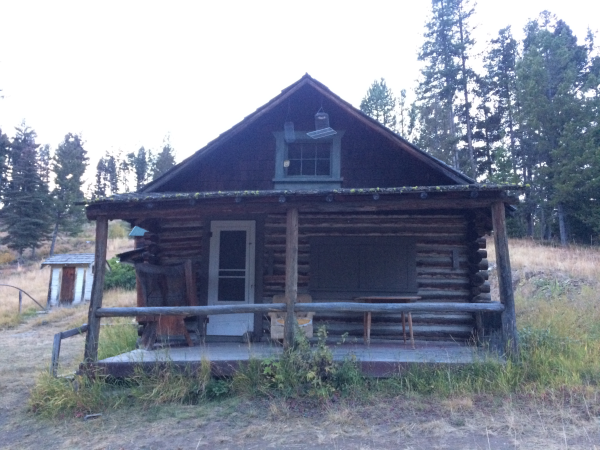
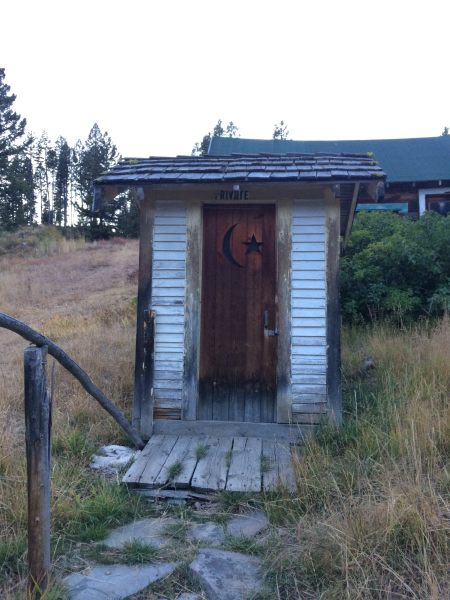
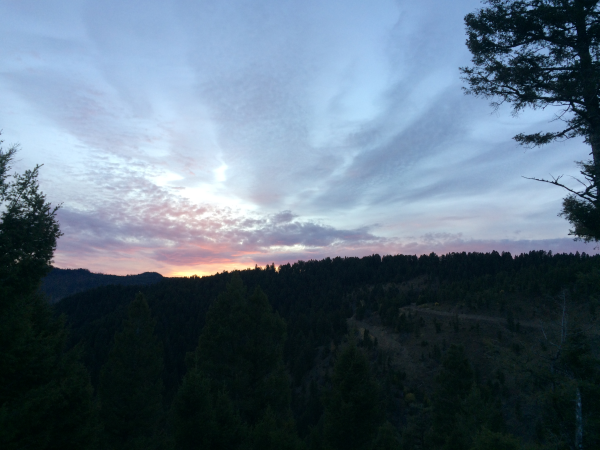
Garnet ghost town!
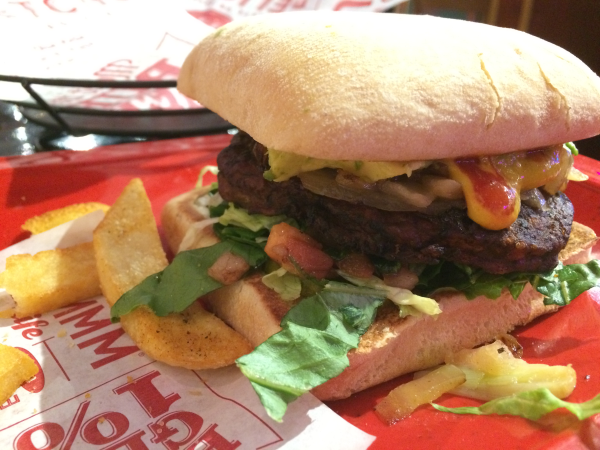
Another Red Robin dinner.
DAY THIRTY-EIGHT and THIRTY-NINE
Thursday, October 4th - Friday, October 5th
Our first day in Missoula, it was cold and rainy, so we spent the entire time inside a large natural food store called Good Food Store. It was like their own version of Whole Foods, and was way better. Plus, they had locally-made vegan gluten-free cake doughnuts from a company called Tandem. We both just sat around online and even had dinner there. I was able to get a custom pressed spinach wrap filled with grilled tofu, Daiya cheddar, Vegenaise, dijon mustard, hummus, lettuce, spinach, carrot, sprouts, red onion, and pickles, with a side of potato salad. It was phenomenal. I talked on the phone with Chelsea for a little while outside, and we slept back at the Walmart again that night.
The next day, we took advantage of the dry and sunnier day by doing the few things we'd planned on in Missoula. First, we went and saw a concrete statue of a squashed cartoon cat. Apparently, it was not actually meant to be a squashed cat, though it certainly looked like it, if not like a pile of grey. It was called "Cattin' Around", and $18,000 of city funds were wasted on having it built. It sat outside of a parking garage downtown and was, in my opinion, incredibly ugly and stupid looking.
Not far from there was our second stop, Caras Park. A small and packed parking lot we refused to pay a meter to be in eventually gave way to a nice trail and overlook to the Clark Fork River. We climbed down to the rocks where the rapids hit their hardest and turned their whitest for the best view. Nearby were three salmon statues warm to the touch from the sun and big enough to ride on. There was also a carousel, aptly called "A Carousel for Missoula". It was handcrafted by local cabinet maker Chuck Kaparich, who did so after the City Council agreed to his terms that it'd always have a home and would never be taken apart. It instantly became a community endeavor, with many volunteers coming together and putting in a collective 100,000 hours to get it up and running by May 27th, 1995. We had fun riding it, though it was rougher than anticipated. You can snatch these rings dangling from a dragon's mouth with each revolution; a single gold one got you a free token. Alyssa got it and we gave it away to a family.
We knew we wouldn't have time the rest of the day to secure dinner, so we went back to Good Food Store, by then my favorite natural foods market in the country. We hung around until 4 and then got dinner. I got a custom wok bowl filled with baked tofu, brown rice, broccoli, shredded cabbage, shredded carrot, mixed peppers, roasted chickpeas, garlic, ginger, and teriyaki sauce. It was incredible. Then it was time to rush over to The Roxy Theater.
Our first day in town, we noticed a flyer hanging up at Good Food advertising the Minnesota Film Festival. We were just in time, as it would begin on the 3rd, and the 4th was jam-packed with cool screening opportunities, including some free ones. So the rest of our afternoon and evening was spent at a lovely little independent cinema that'd been running since 1937. We sat through almost two hours of short films that varied drastically in quality, genre, and tone. There was a brief Q&A with some of the creators. Everyone around us was slowly getting drunk, since everything and everywhere had to become a bar, even quaint movie theaters. People grew more obnoxious in the crowd as the night went on. We saw the new films Wildlife and Mandy, both of which I loved and gave five stars to for completely different reasons. Before Wildlife, we took advantage of the massive selection of toppings for popcorn, topping our bowl with nooch, liquid aminos, curry powder, garlic salt, and fake bacon bits. The film starred Jake Gyllenhaal and Carey Mulligan and made me feel a whole lot of things. By the time Mandy, the Black Metal-themed Nicolas Cage art-horror-revenge film, started, the hipster crowd was full of alcohol and the annoying confidence and inconsideration that came with over-consumption of it. It was one of the most annoying movie crowds I'd ever been a part of. One scene, in which Nicolas Cage's grief and anguish is most palpable, some douchebag yelled, "Nicolas Rage!" No one laughed.
I called my brother afterwards to discuss it and wound up catching up with him for an hour and a half, leaving Alyssa in the car alone and, unbeknownst to me, waiting for me and feeling ignored. We got into a fight about it, because I felt she should have just communicated to me that she wanted to go. It wasn't a fun way to end the night. When we pulled into our spot back at the Walmart, we were near a black truck that some guy was walking around and wiping. I noticed while turned to Alyssa as we continued to argue that he was looking at us and saying things, using his hands a lot for emphasis. I put the window down and asked, "What?"
He instantly started whining, "All these parking spaces and you got come park near me?!"
I remained silent, ignored him, and just slowly put the window back up.
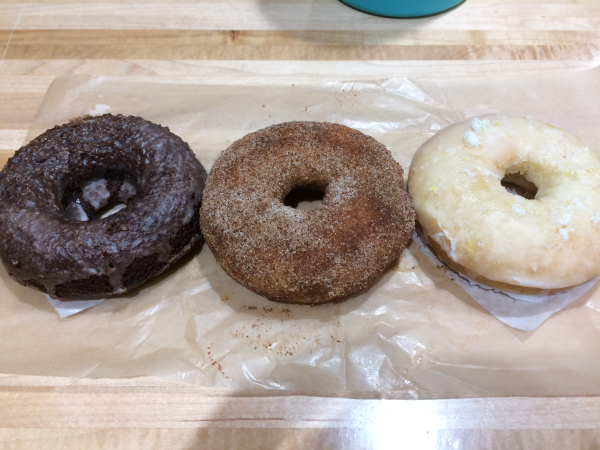
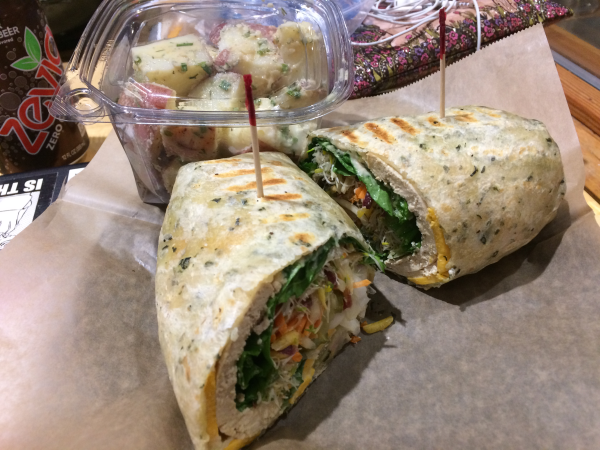
Foodstamped and stolen lunch and doughnuts!
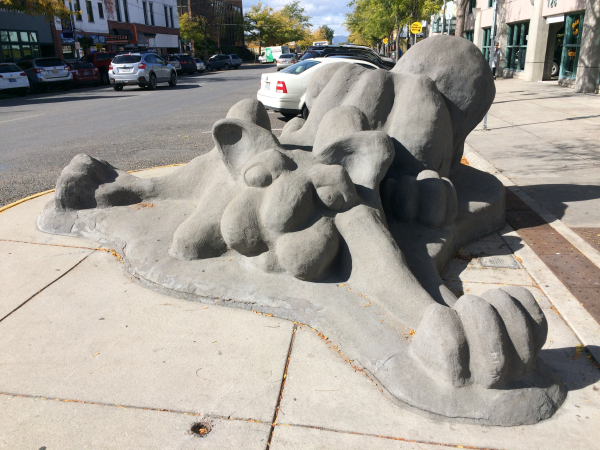
This stupid cat sculpture.
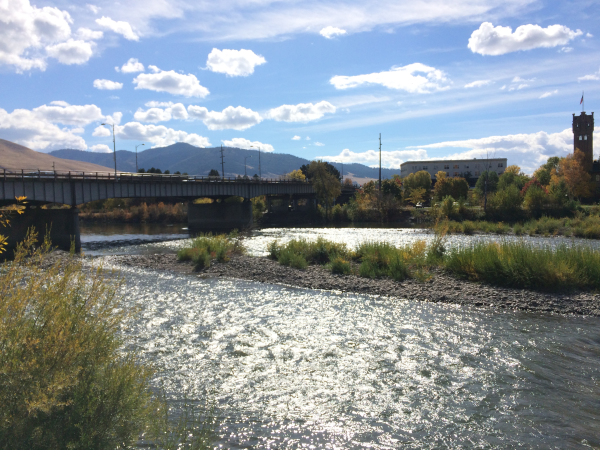
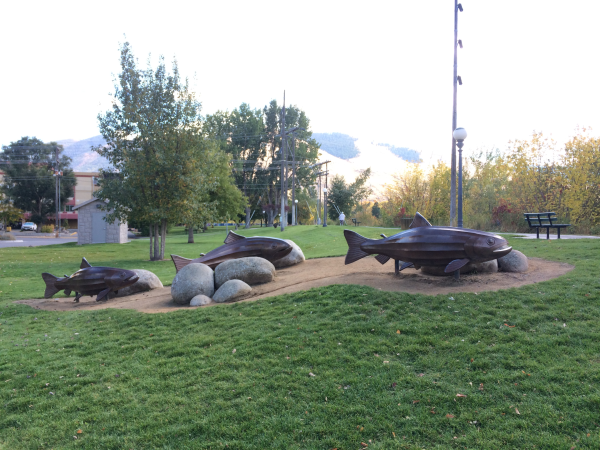
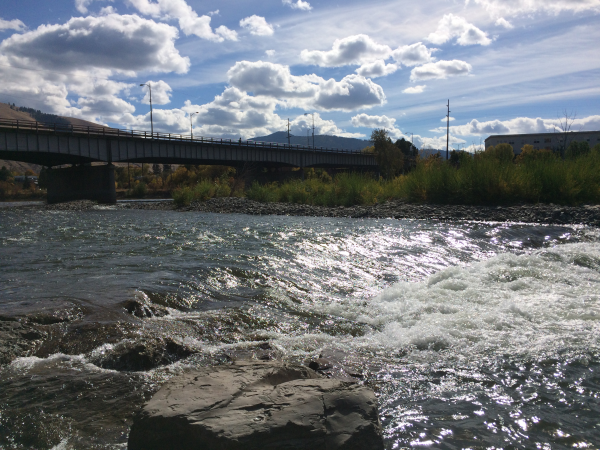
Caras Park.
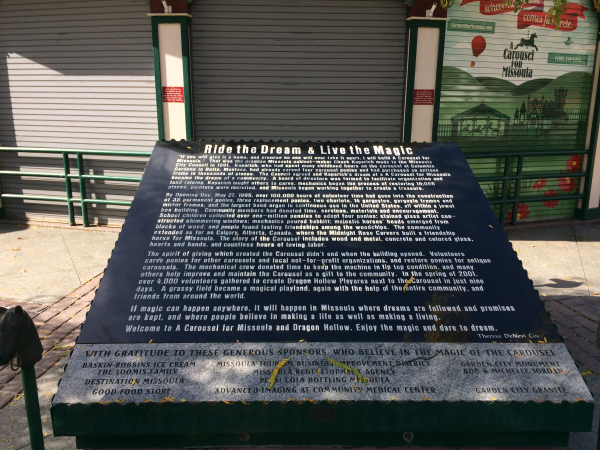
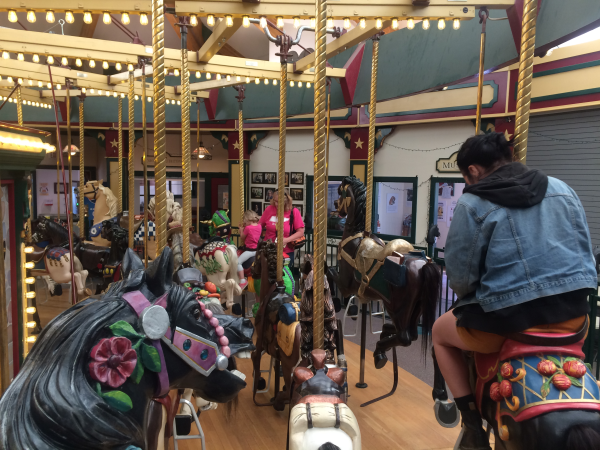
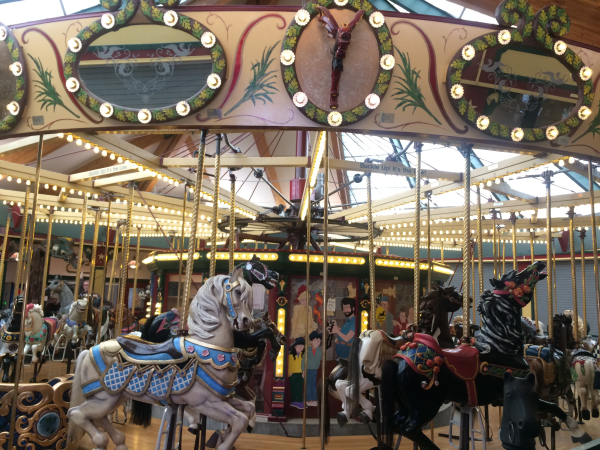
A Carousel for Missoula!

Foodstamped and stolen dinner!
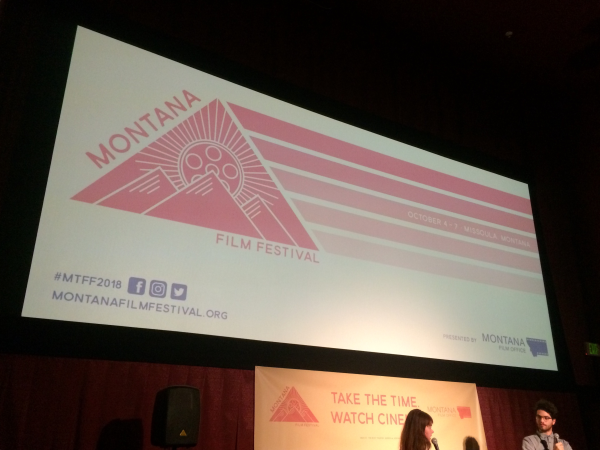
Montana Film Festival!
DAY FORTY
Saturday, October 6th
We drove for over three hours through rain. As we got nearer to the Montana/Idaho state line, the mountains around us became more and more devoured by clouds and colorful trees dressed in banana yellows and burgundy reds. I swear the clouds were thicker and bluer in Montana than anywhere else I'd ever been to. Otherwise, it was just another long drive on the interstate passing by nowhere towns.
One had several hand-painted signs advertising homegrown cherries leading up to its exit. Alyssa liked cherries a lot, and I had a feeling backwoods-farmed cherries probably tasted better than a grocery store's, so we pulled off for it. Unfortunately, when we walked into the little convenience store they were supposed to be at, the old grey-haired woman told us she had sold every last one. Her store sat along a single road that didn't seem to have any homes on it, though there was a small motel next door. Her store was also a tiny video rental place, of all things, which carried both VHS and DVD, and had a little, "We reserve the right to refuse service to anyone," sign above it--the legal way to turn away people of disagreeable skin colors, I imagined. It was funny to think she was probably that town's version of a successful entrepreneur.
Eventually, the gaslight came on, so we had to pull off again, this time to some tourist trap that pushed emphatically through especially giant and repetitive billboards along the interstate about having 50 million dollar-coins, or some shit. Gas was almost $3.30, and we spent $53 filling up, leaving us with $4 left in our gas fund. We wouldn't have gotten that far without a surprise donation from Alyssa's older sister. At least we knew we'd make it to Spokane.
Shortly after crossing into Idaho, we pulled over for a scenic viewpoint of the deep wooded areas below us, where the Coeur d’Alene and Saint Joe national forests converged. The view was amazing, though the stop was covered in trash in such a way that it seemed like a preferred dumping ground for whatever types of scumbags threw trash there.
We went straight to a Starbucks in Spokane when we got into the city so we could figure out where things were. The Starbucks was packed with other loiterers, mostly homeless people, both young and old, in various states of consciousness. Now, I don't want to make any assumptions, but many of them were either really tired, or were drug addicts nodding out. It looked less like a Starbucks and more like a line at the methadone clinic. As we drove away from it, we saw just how dense the homeless population around it was. It was like Spokane's own Skid Row: Tents on the sidewalks, people sleeping anywhere and everywhere they could, dirty kids on BMX bikes, drug addicts limping up the sidewalk like zombies, the predatory false promise of a neon "Jesus Saves" sign lit up in the background of it all. Meanwhile, block after block of alleged employment opportunities and a semblance of a local economy.
For dinner, we ate at a 100% vegan pizza cafe called Allie's, also the only entirely vegan restaurant in Spokane. We each got a personal pizza. Mine was their "Hot Mess", a heavenly soft pizza topped with housemade cashew cheese, fried chicken, mac and cheese, housemade ranch, hot sauce, and red onion. We also split an order of "Twisters", their tender and doughy breadsticks. Afterwards, I impulse-bought a pumpkin cream cheese cookie that was also as soft as a cloud. They had mastered the art of dough in all its forms.
We weren't sure what else to do, so we returned to the Starbucks to loiter until they closed. It was nice to see how tolerant and welcoming Starbucks had been forced to become since that lawsuit where two black men in Philadelphia were asked to leave because they hadn't purchased anything. Back at our Walmart for the night, we ate Wayfare jalapeño cheese dip and watched The Hateful Eight.

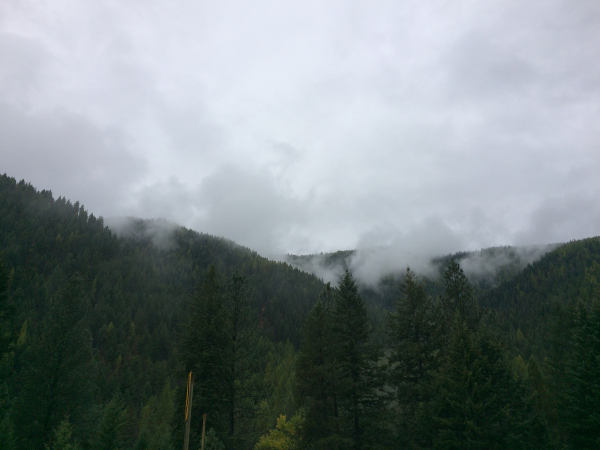
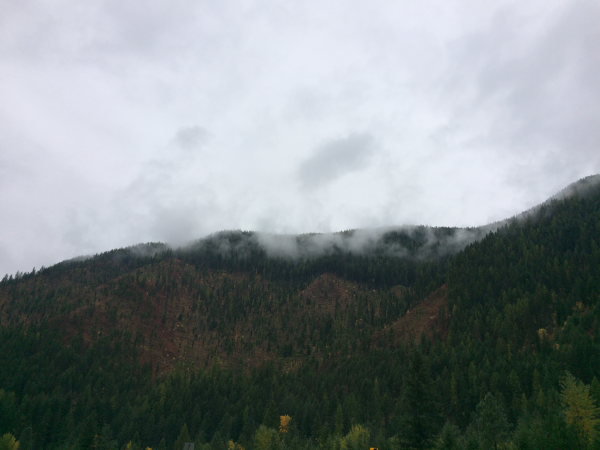
Drive through the mountains of a rainy, foggy Montana.
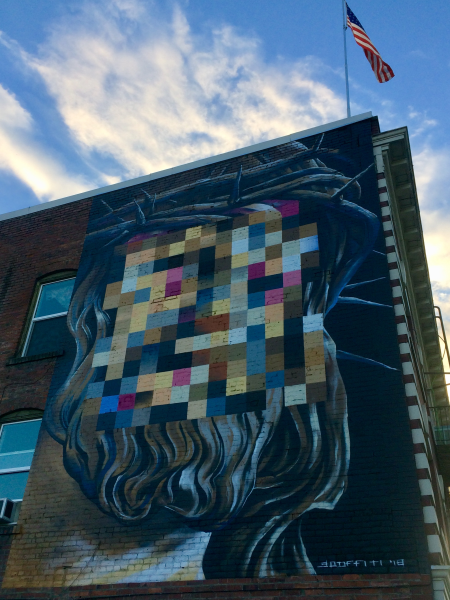
"American Jesus" by Daniel Lopez.
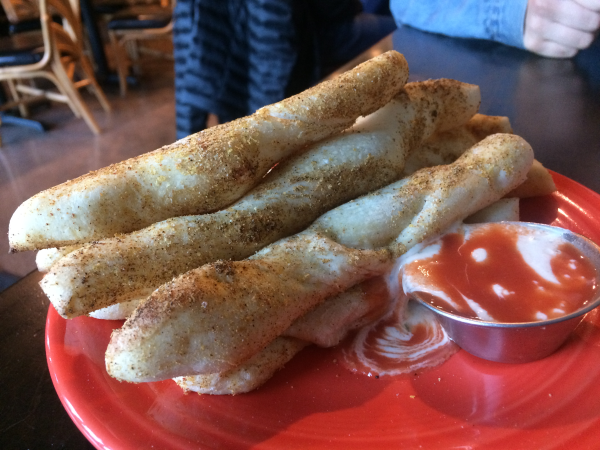
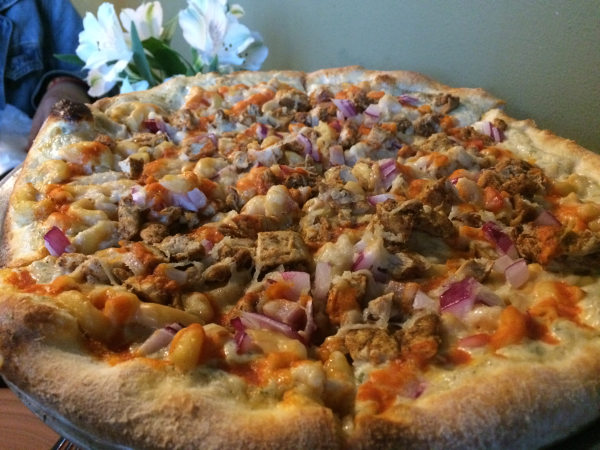
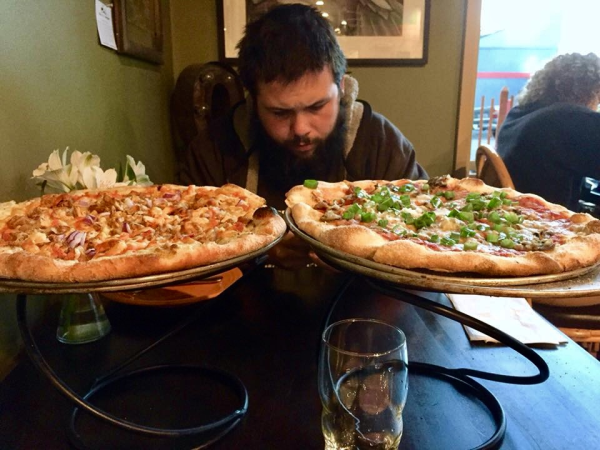
Pizza and breadsticks at Allie's!